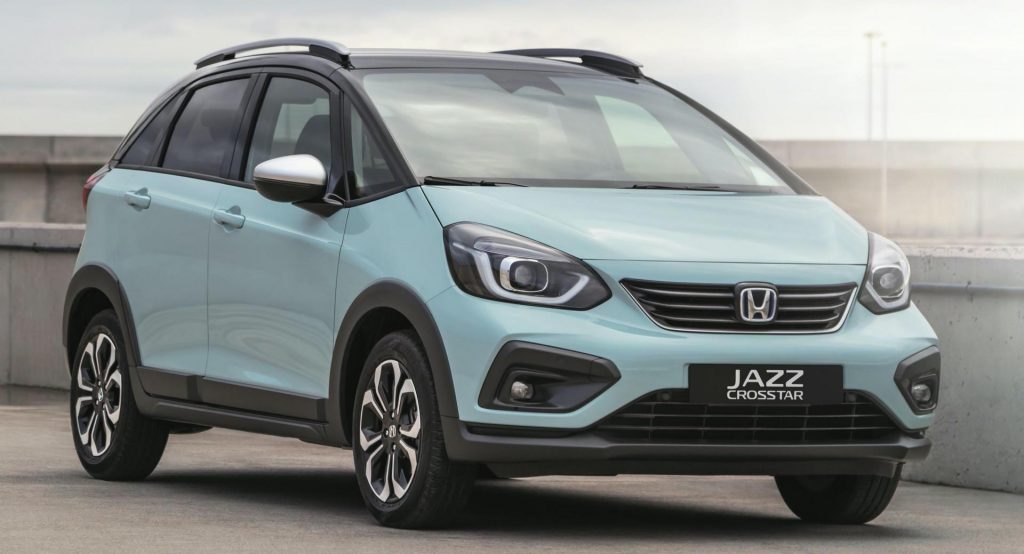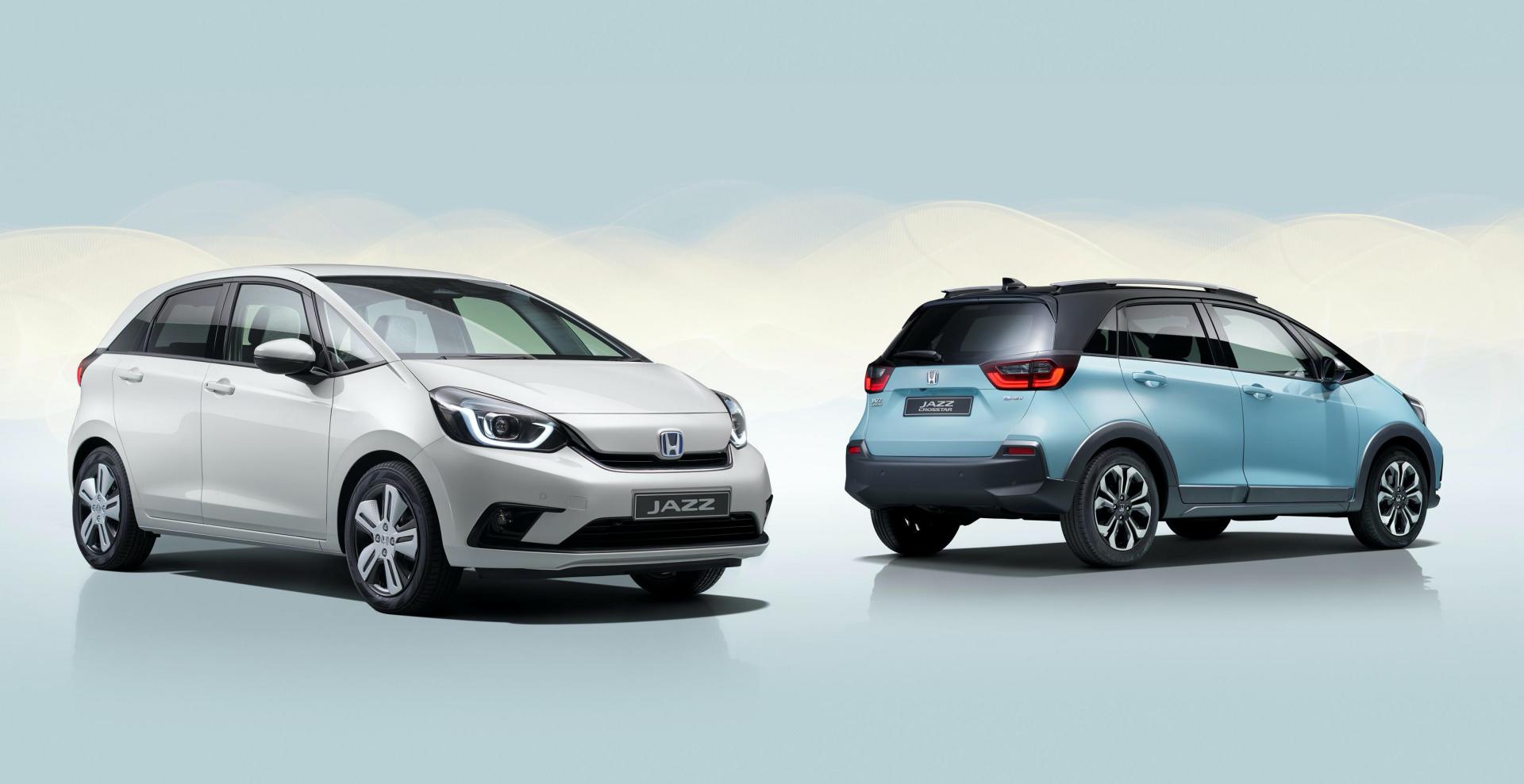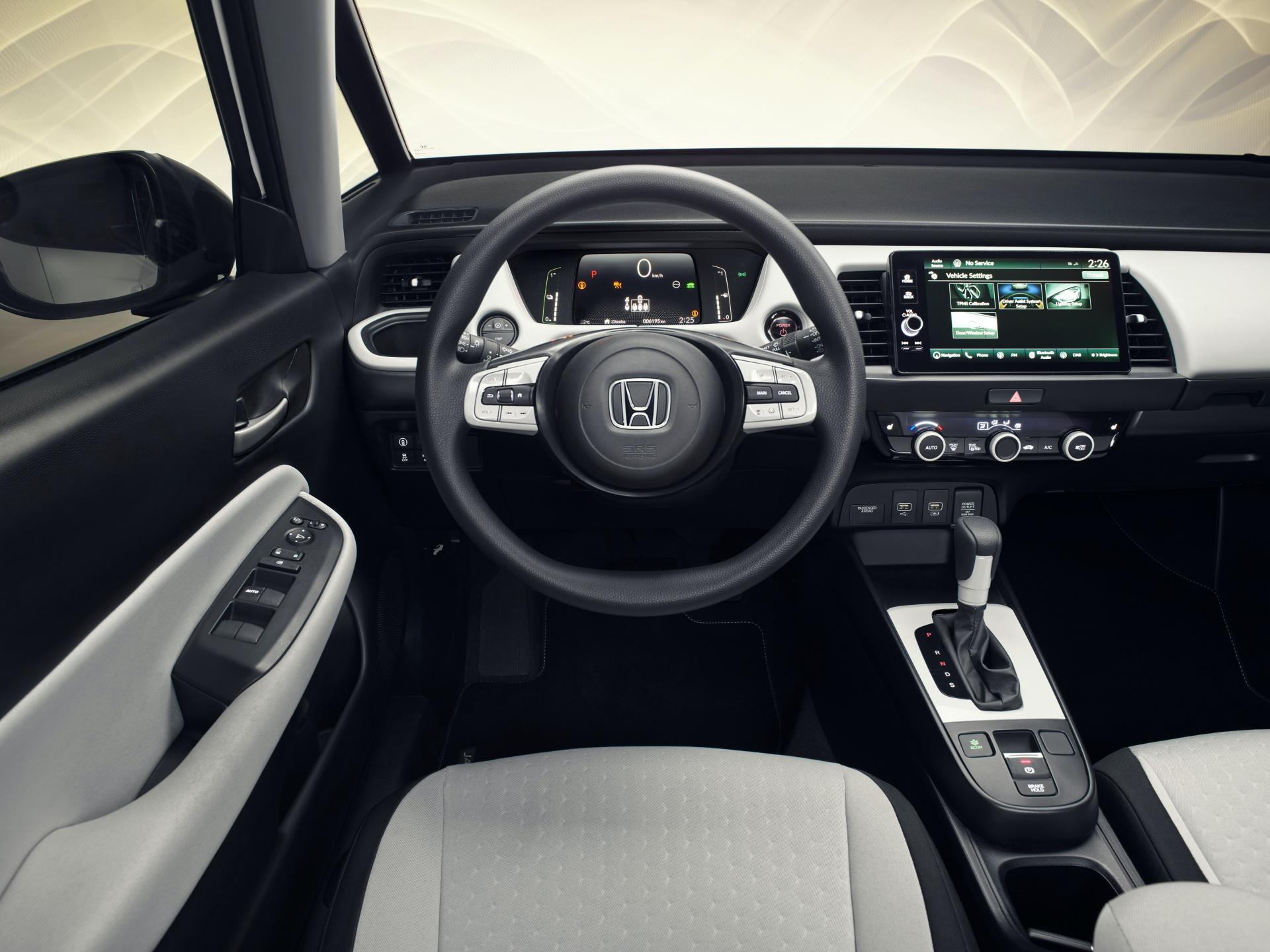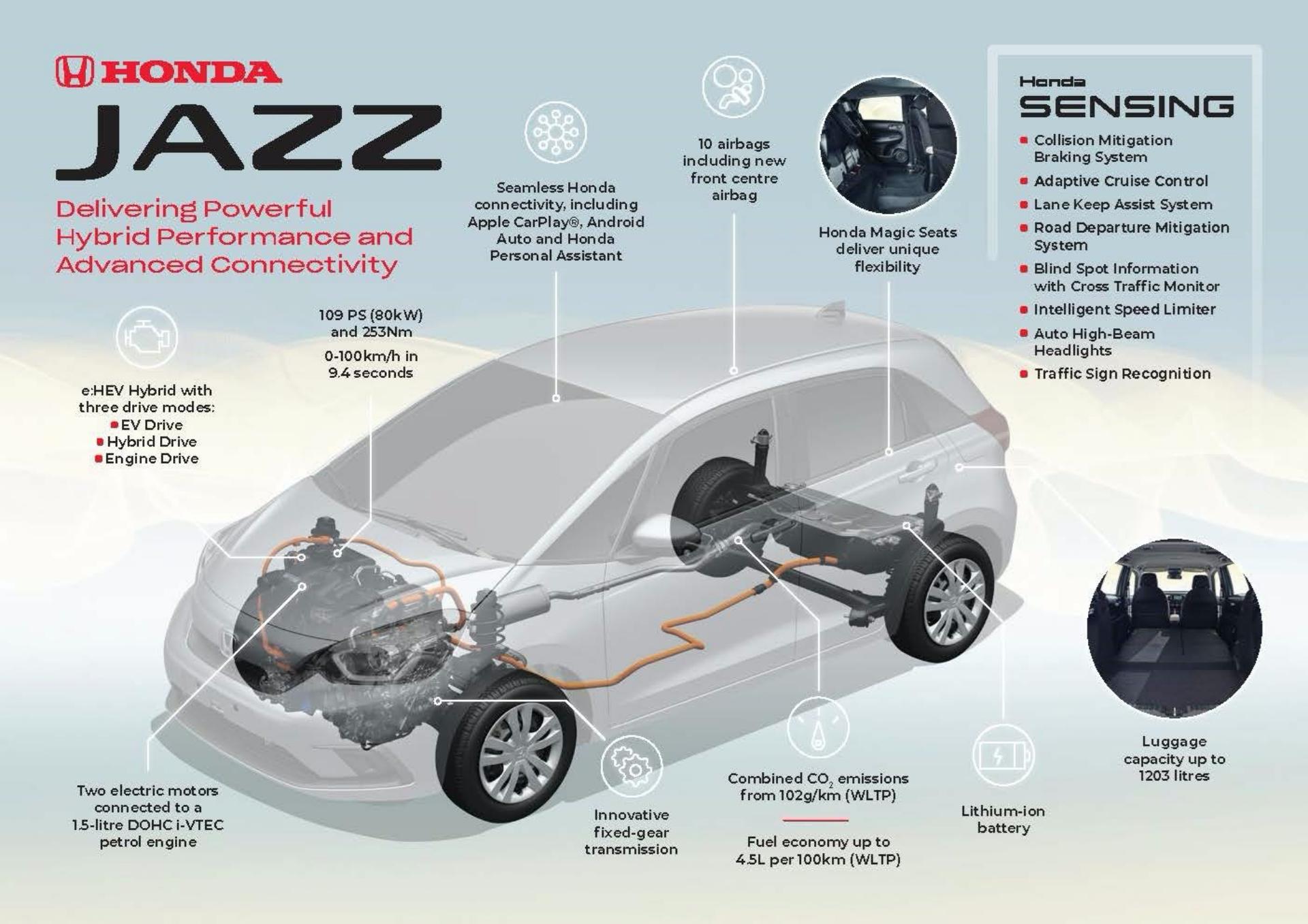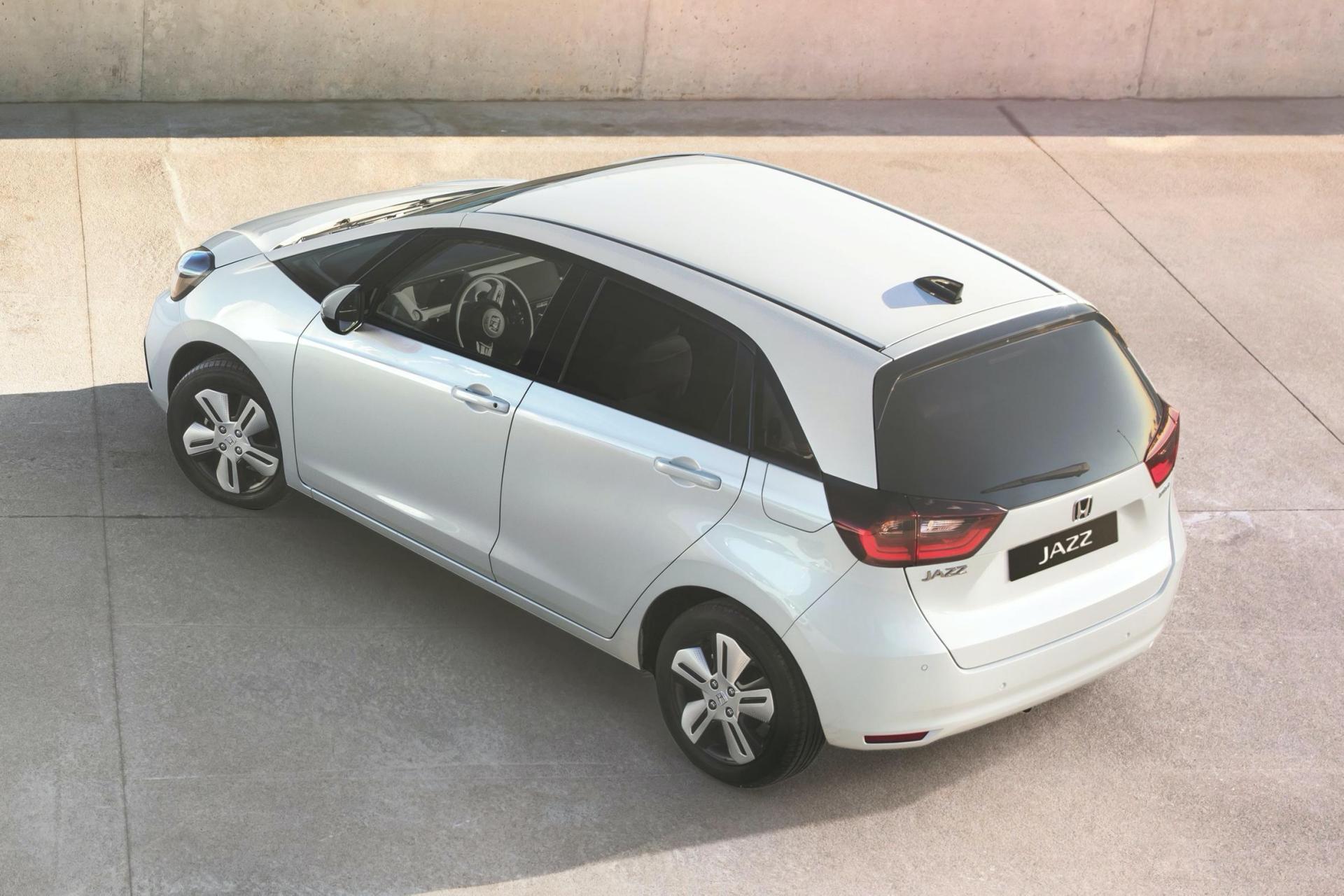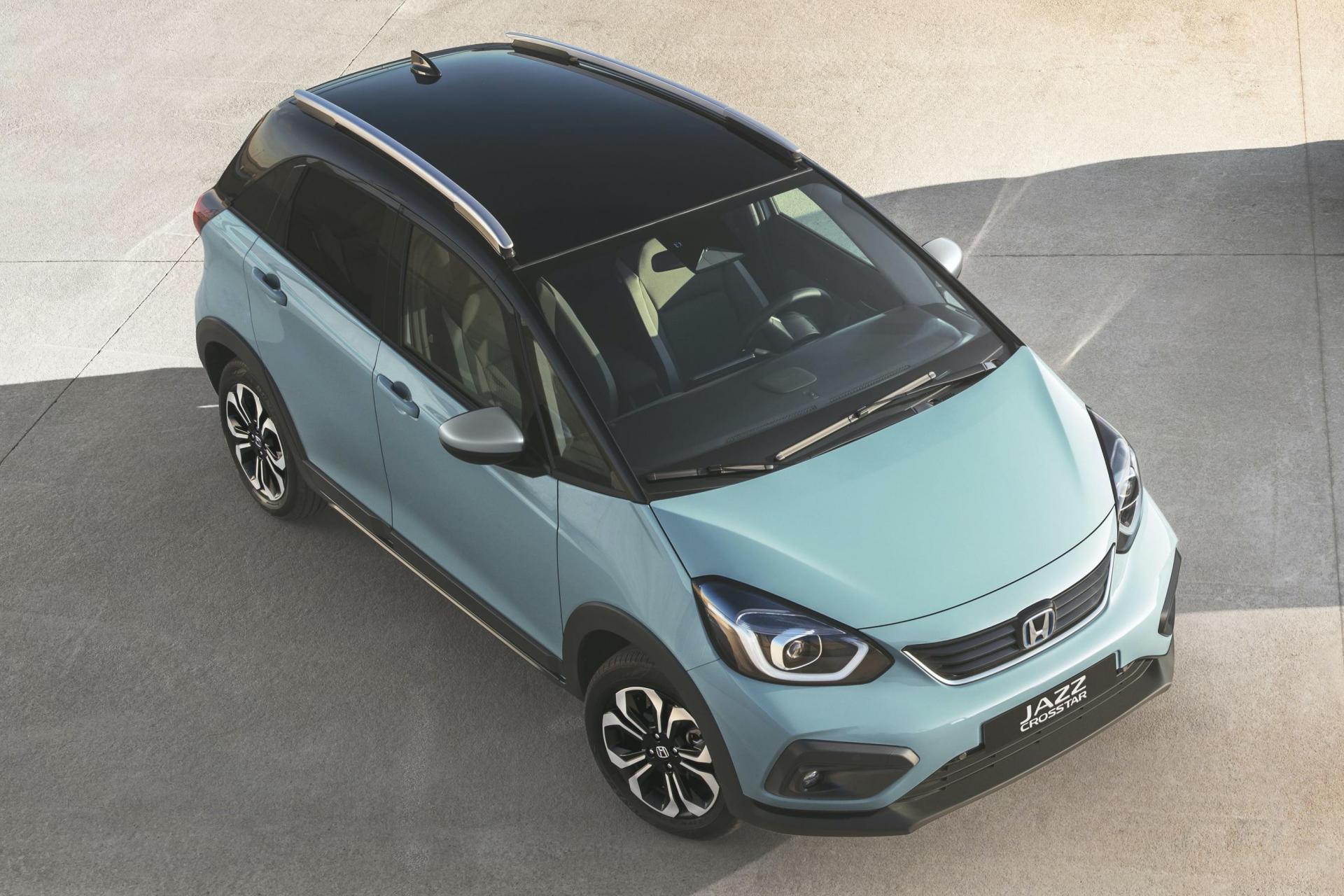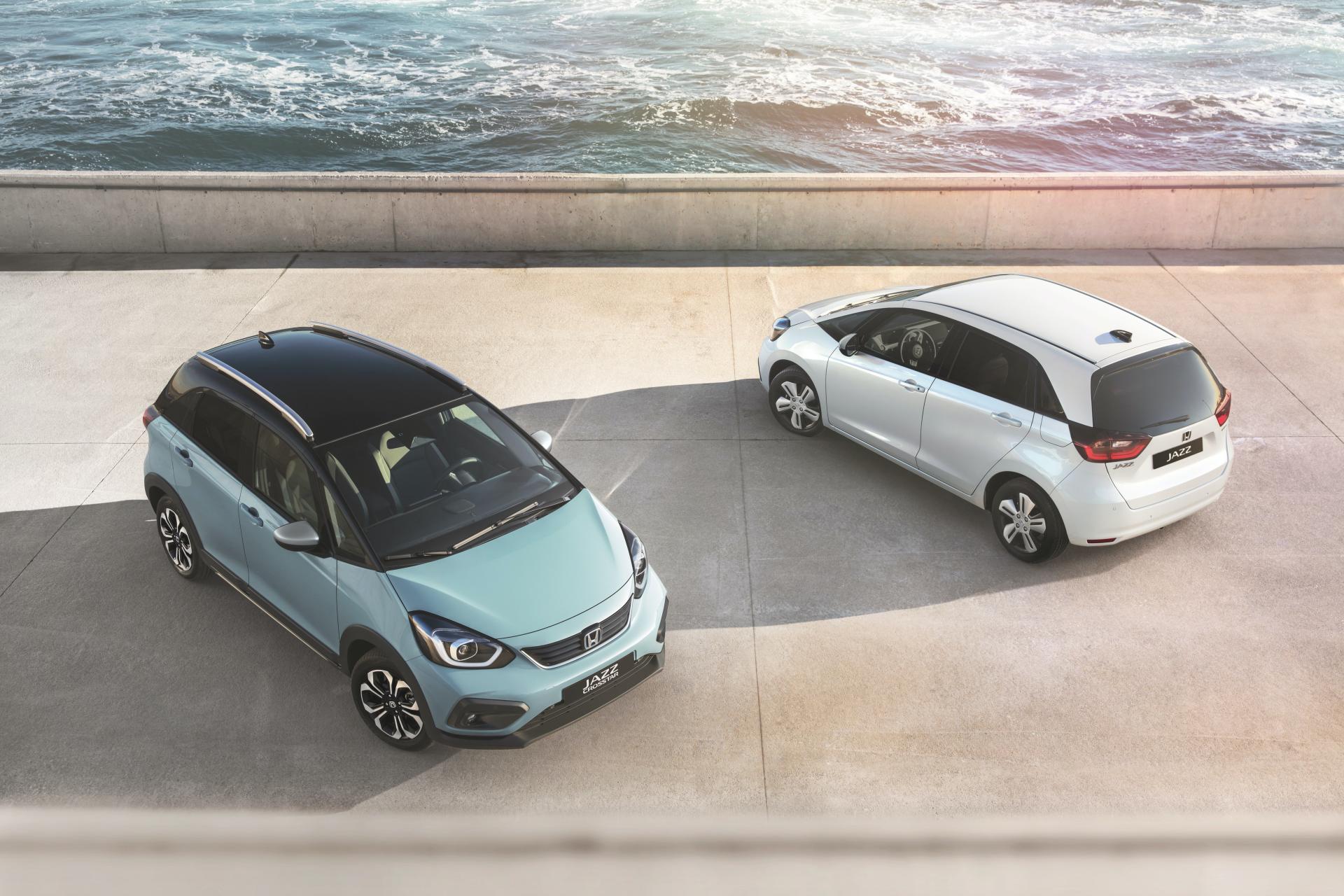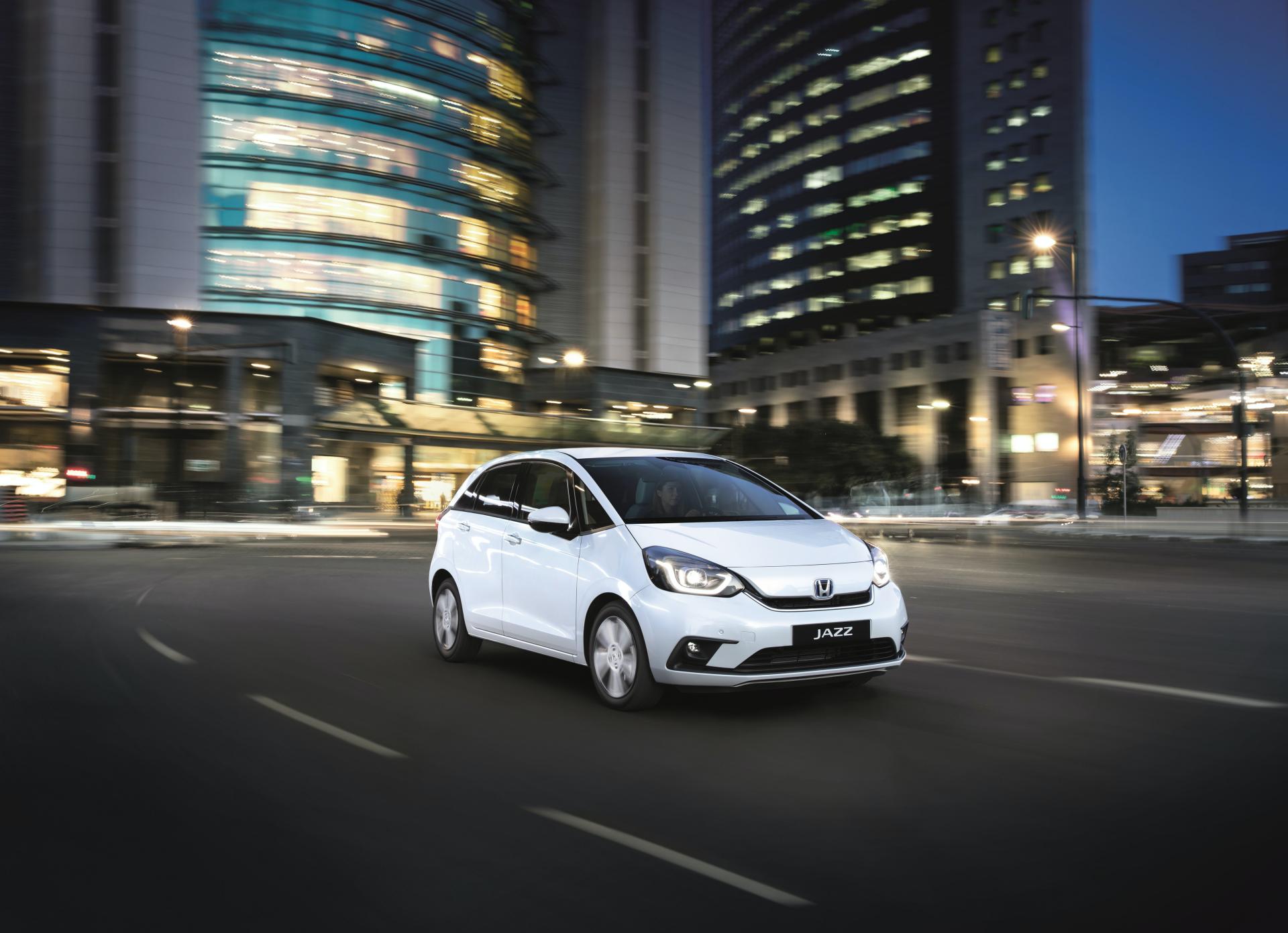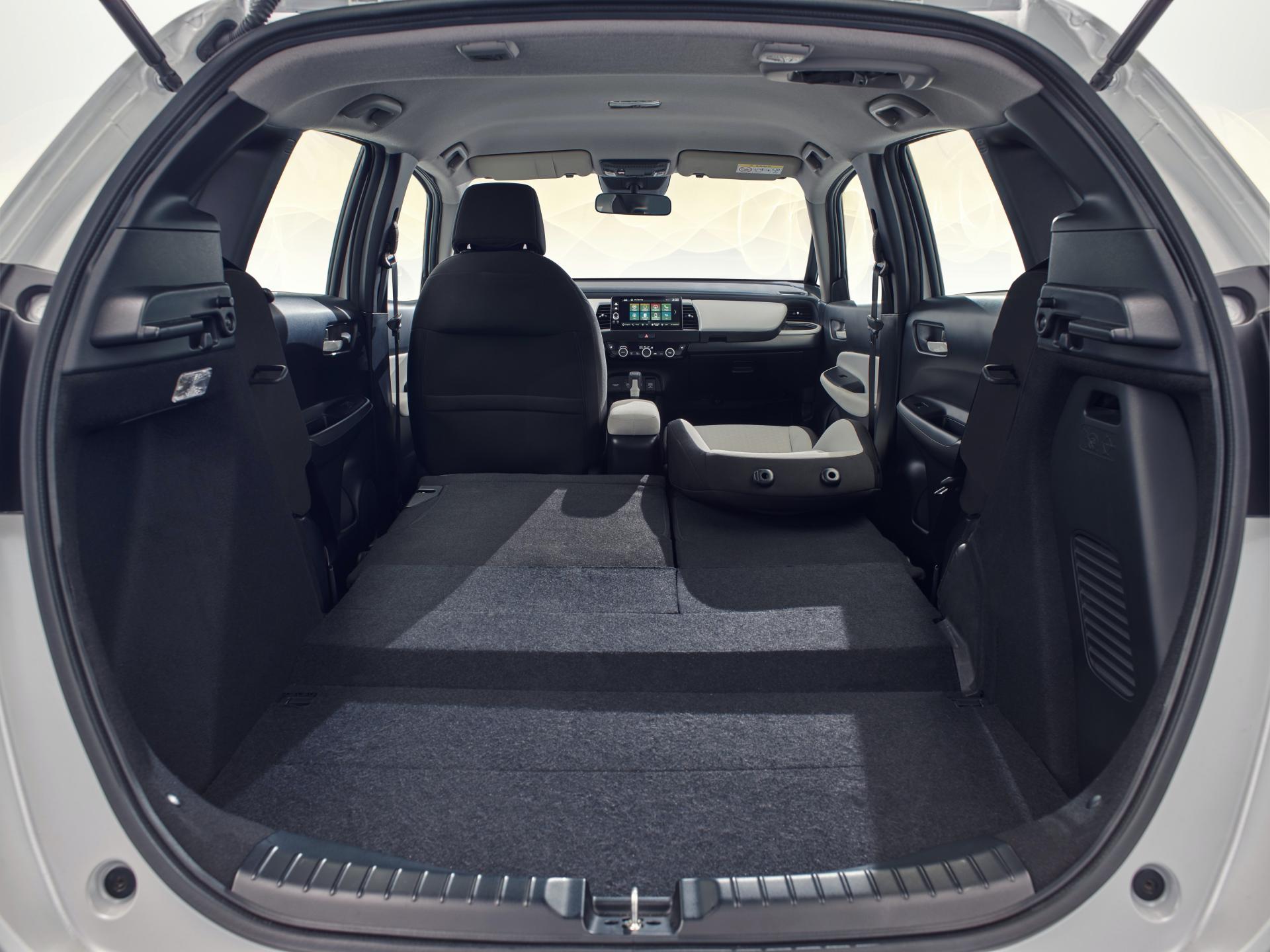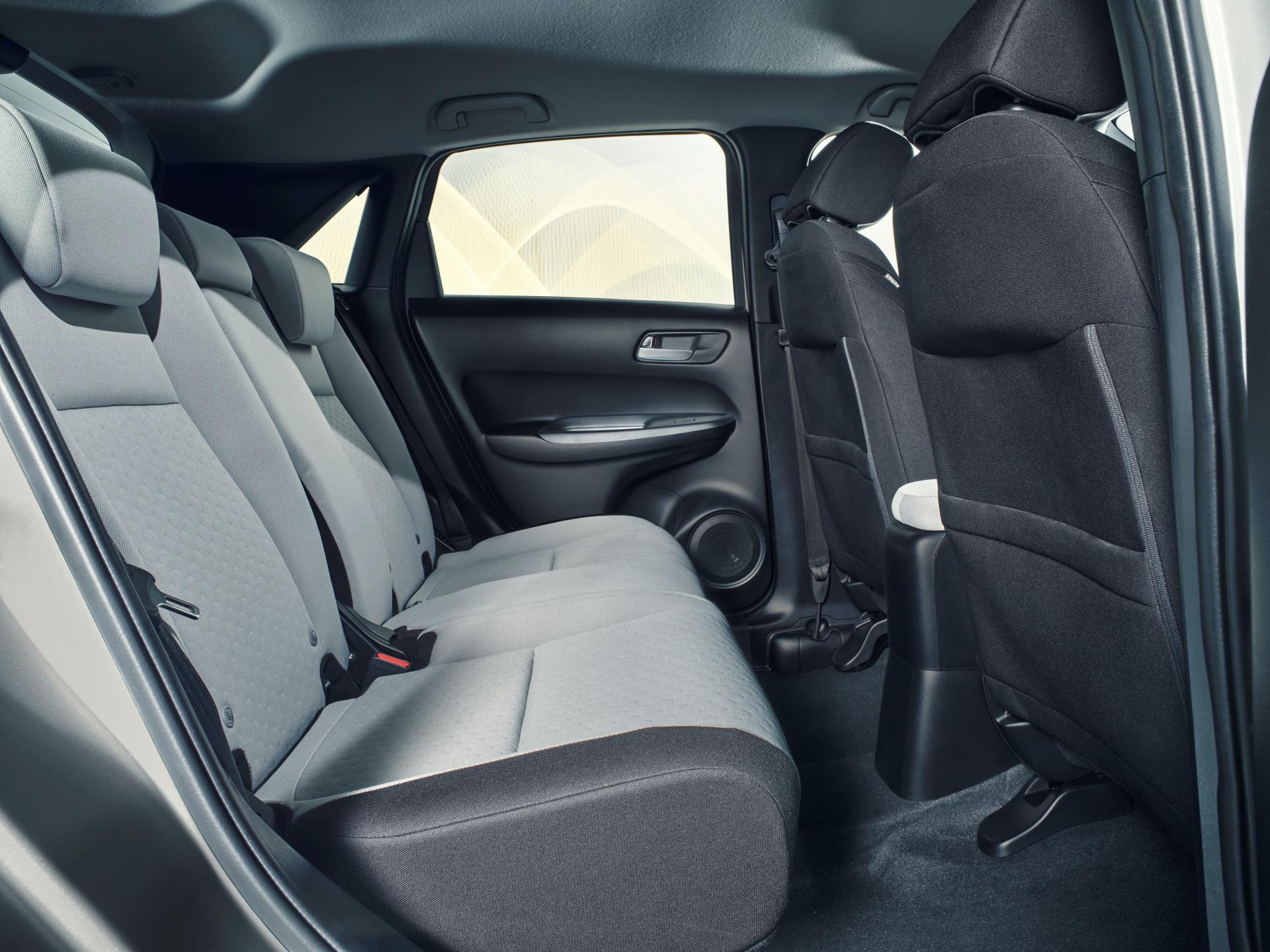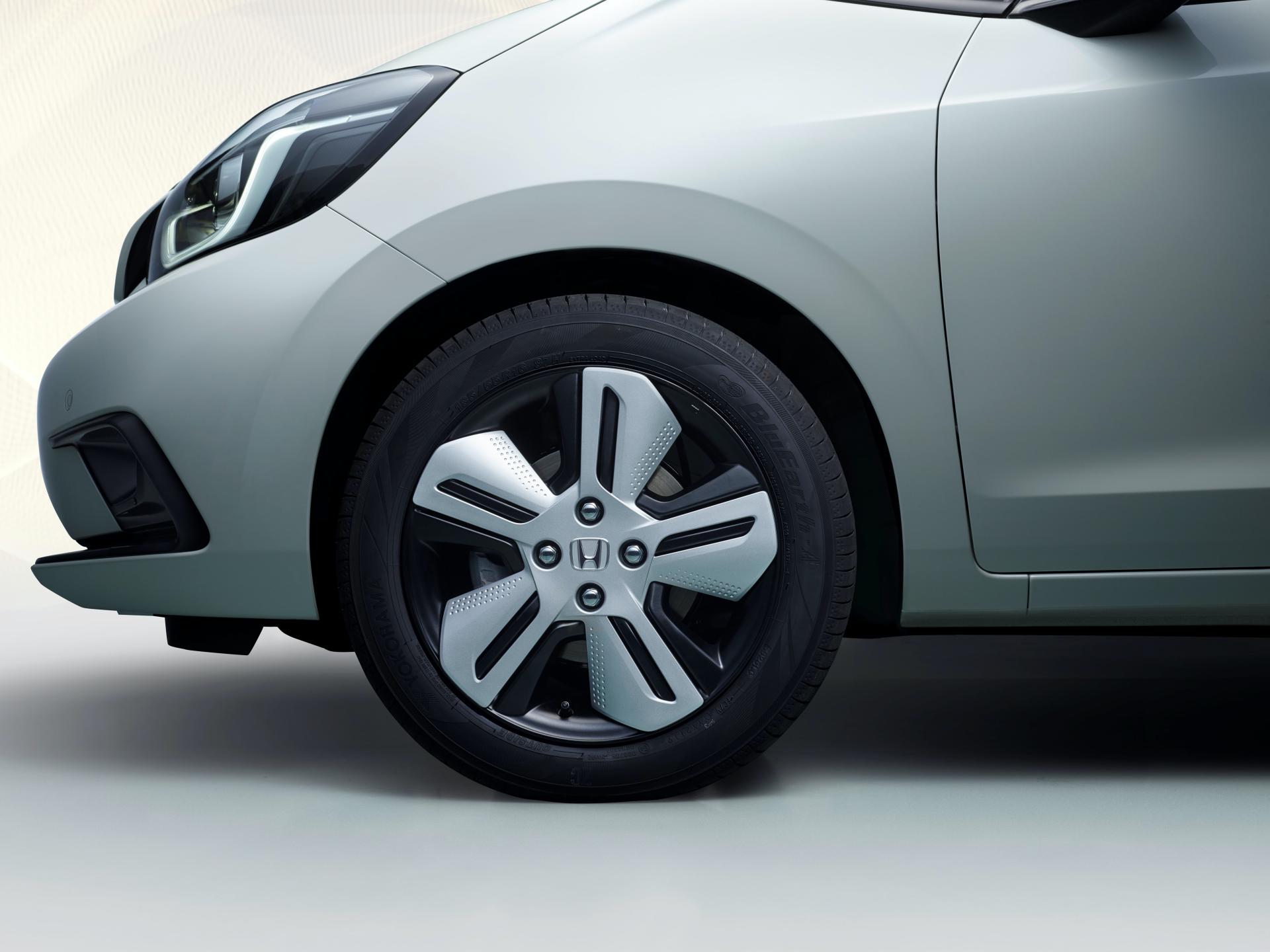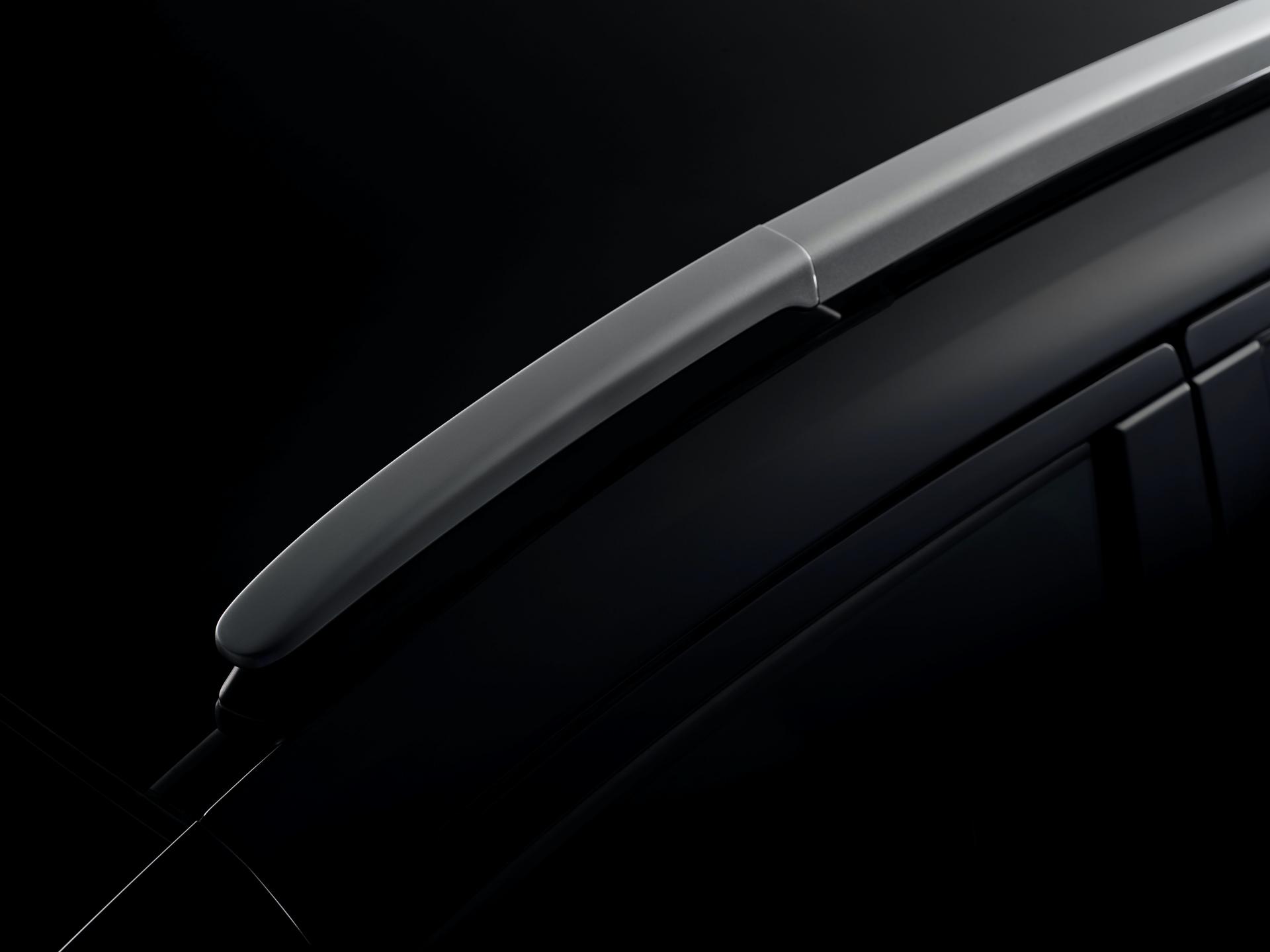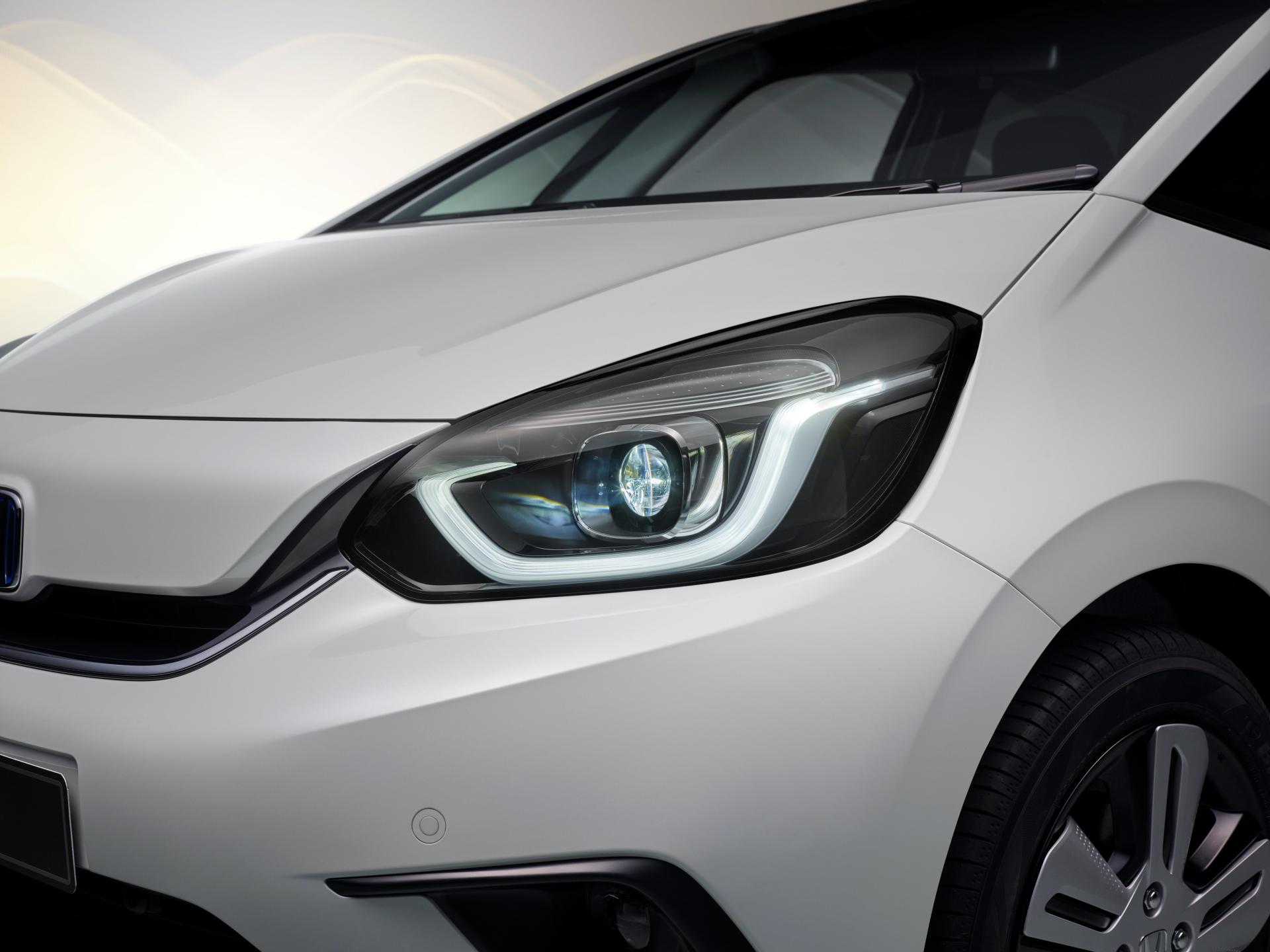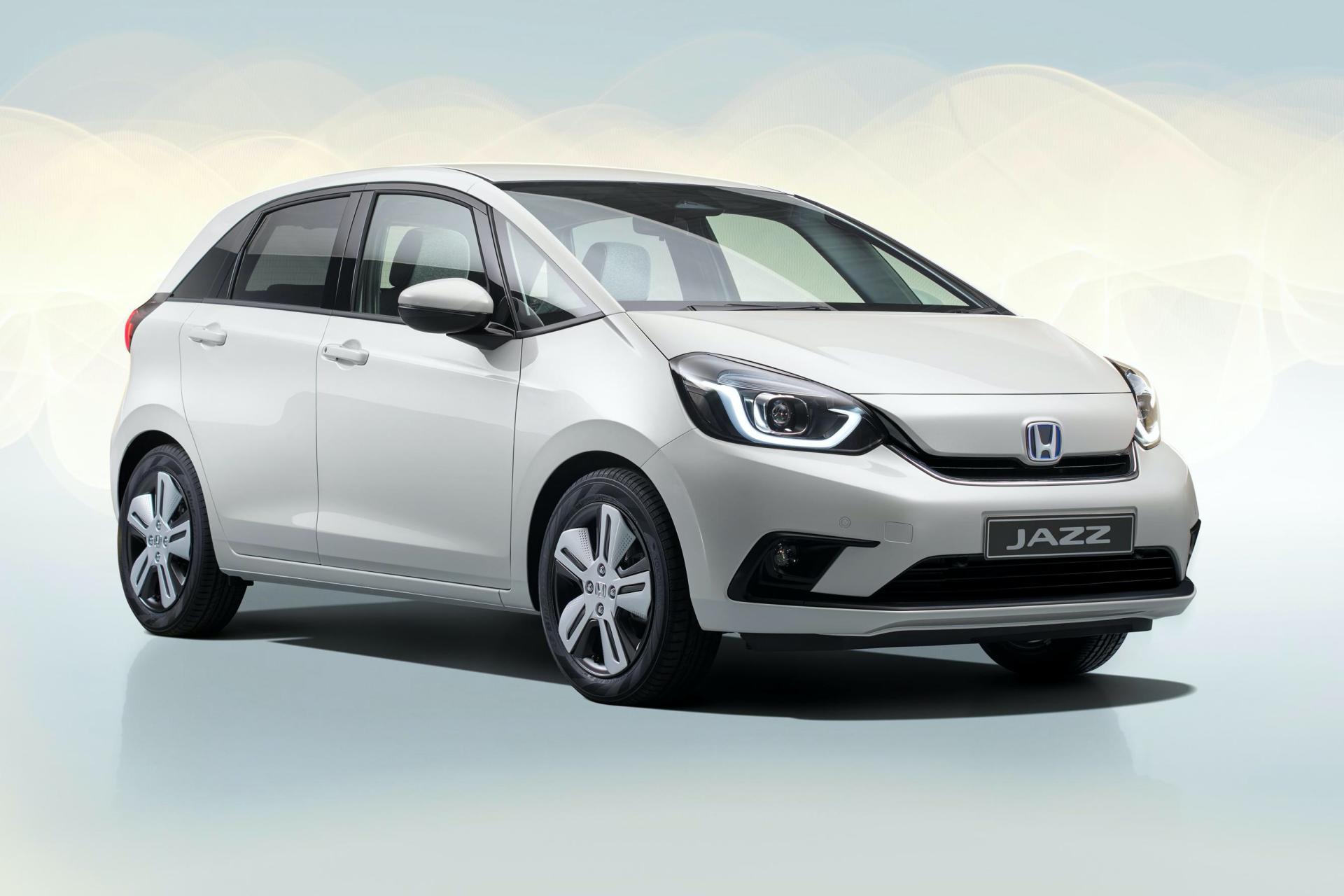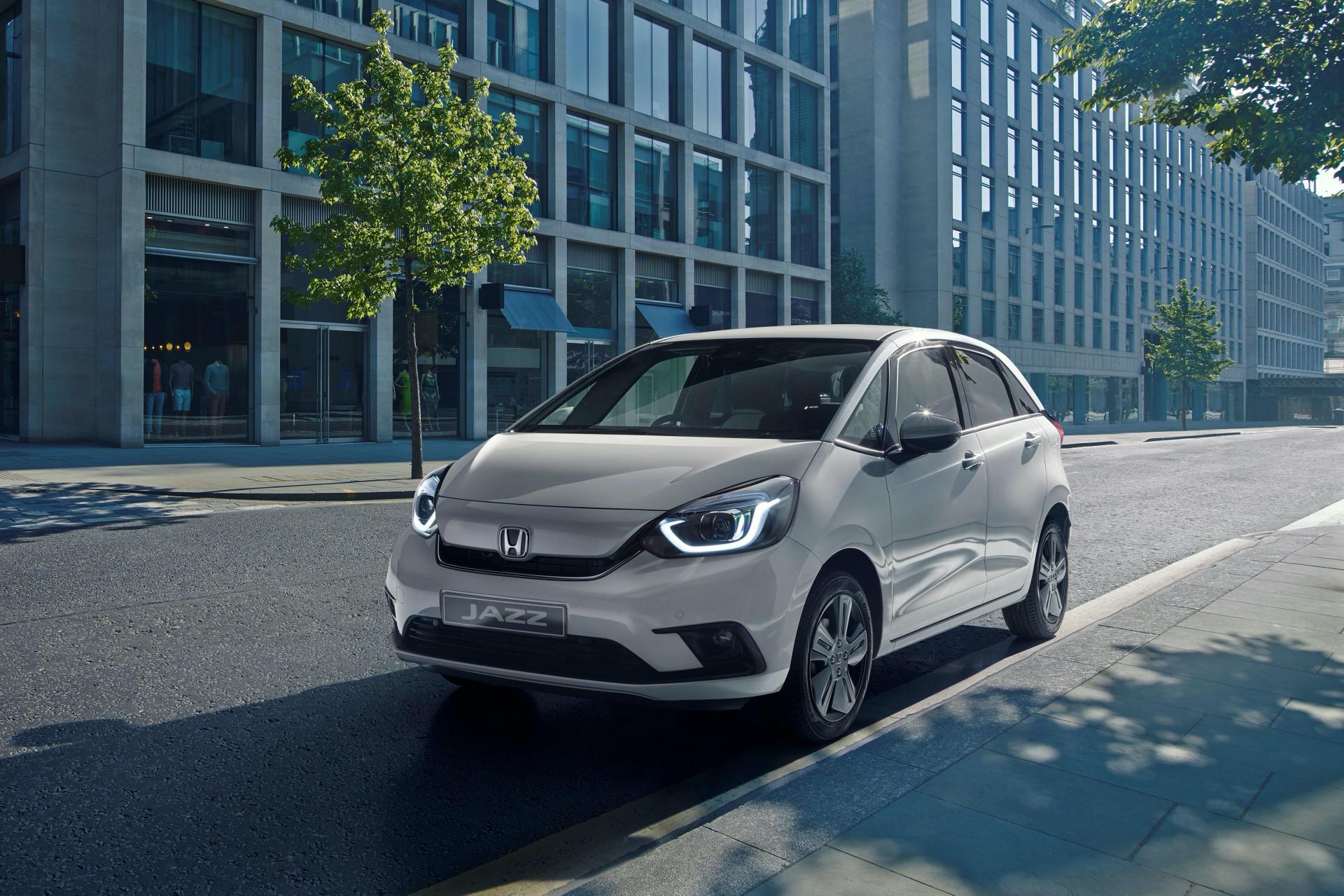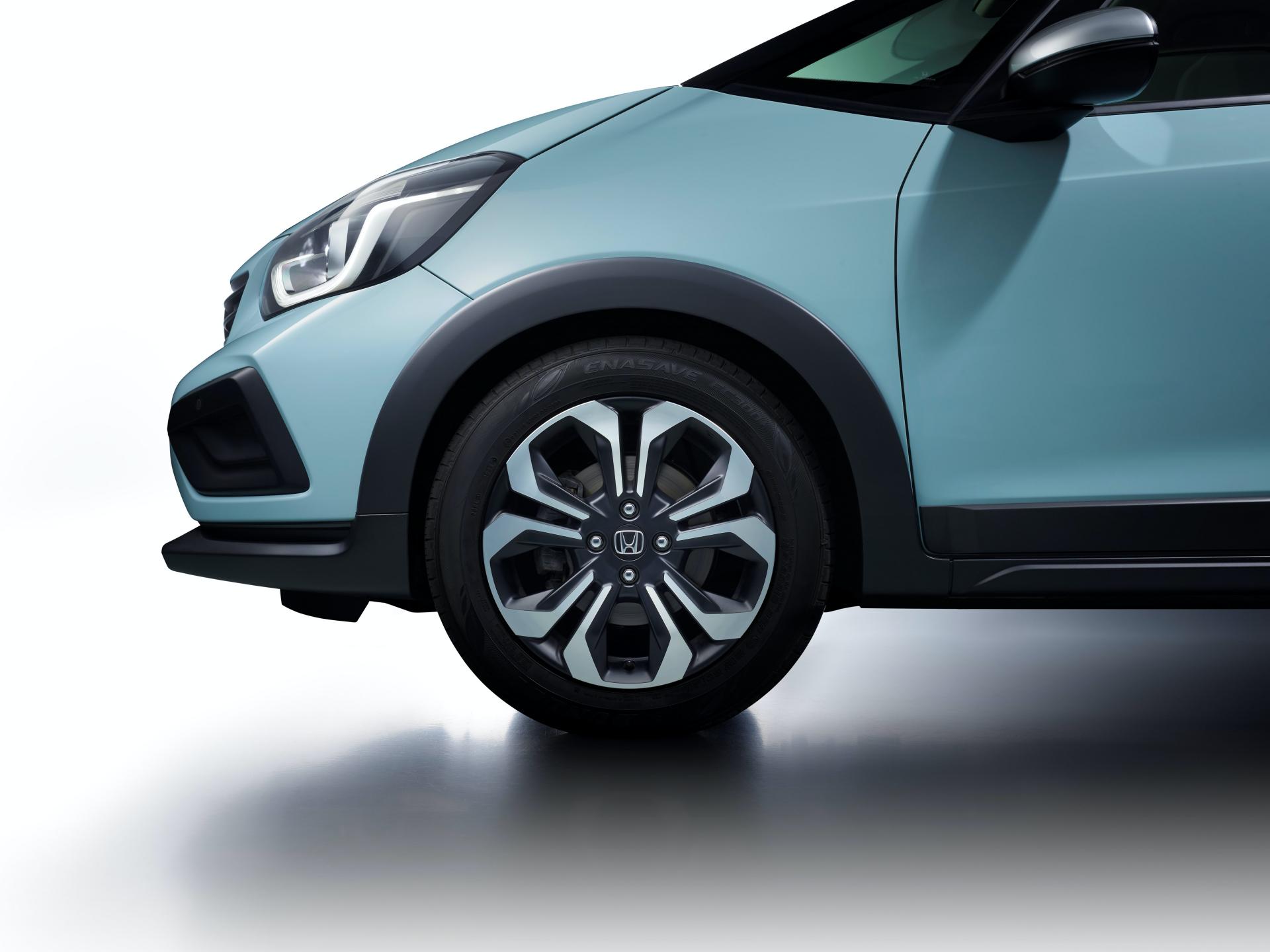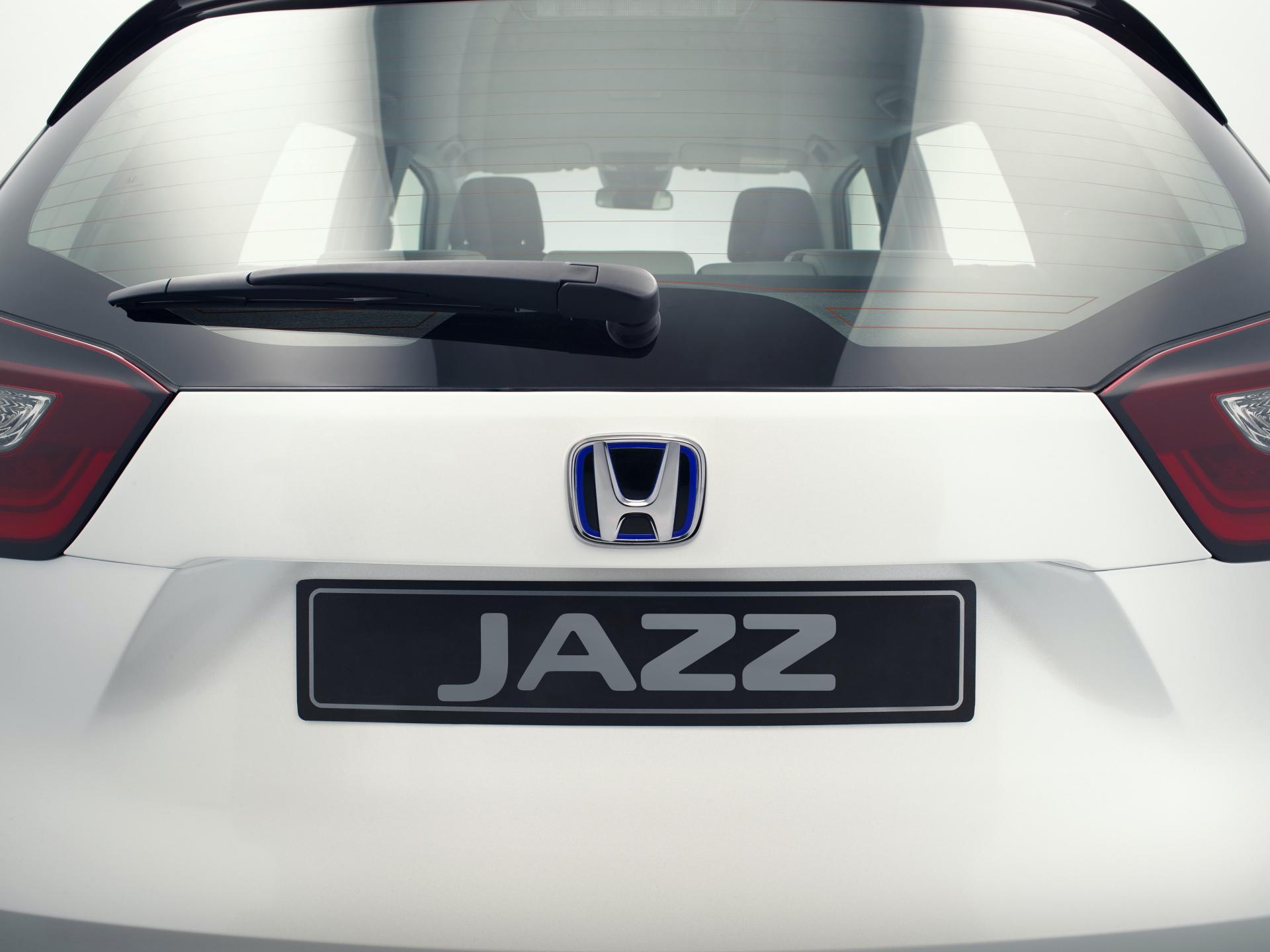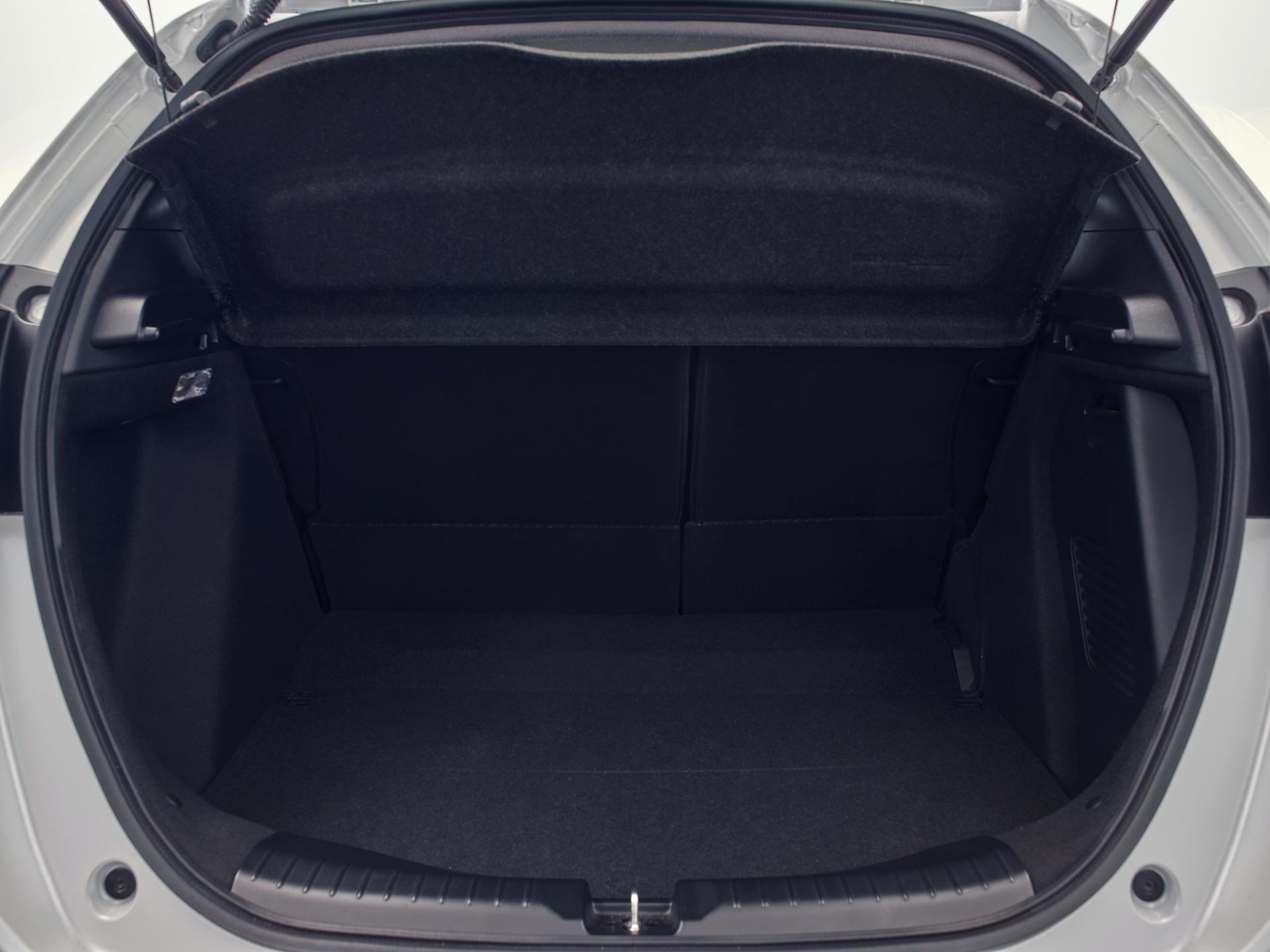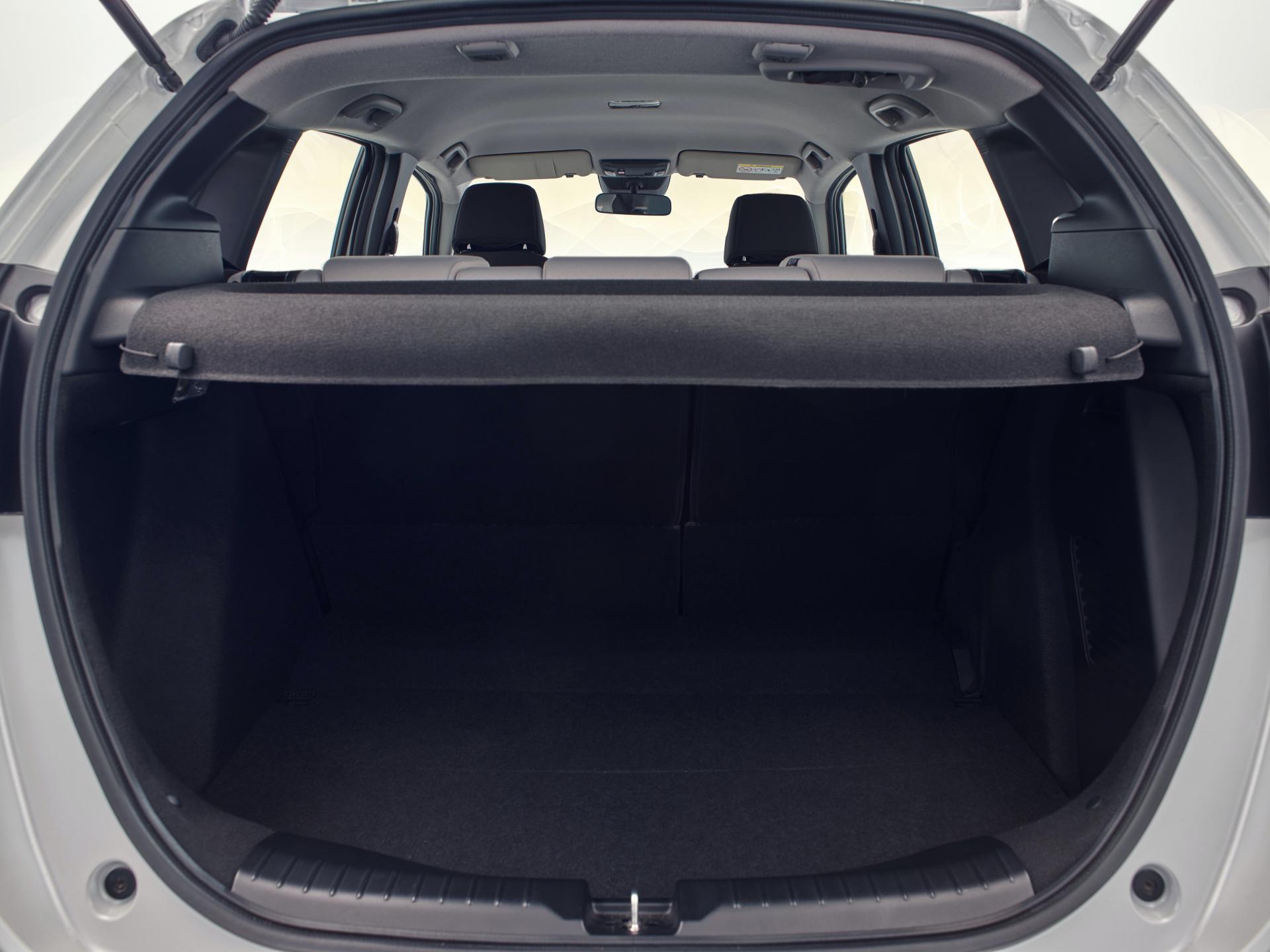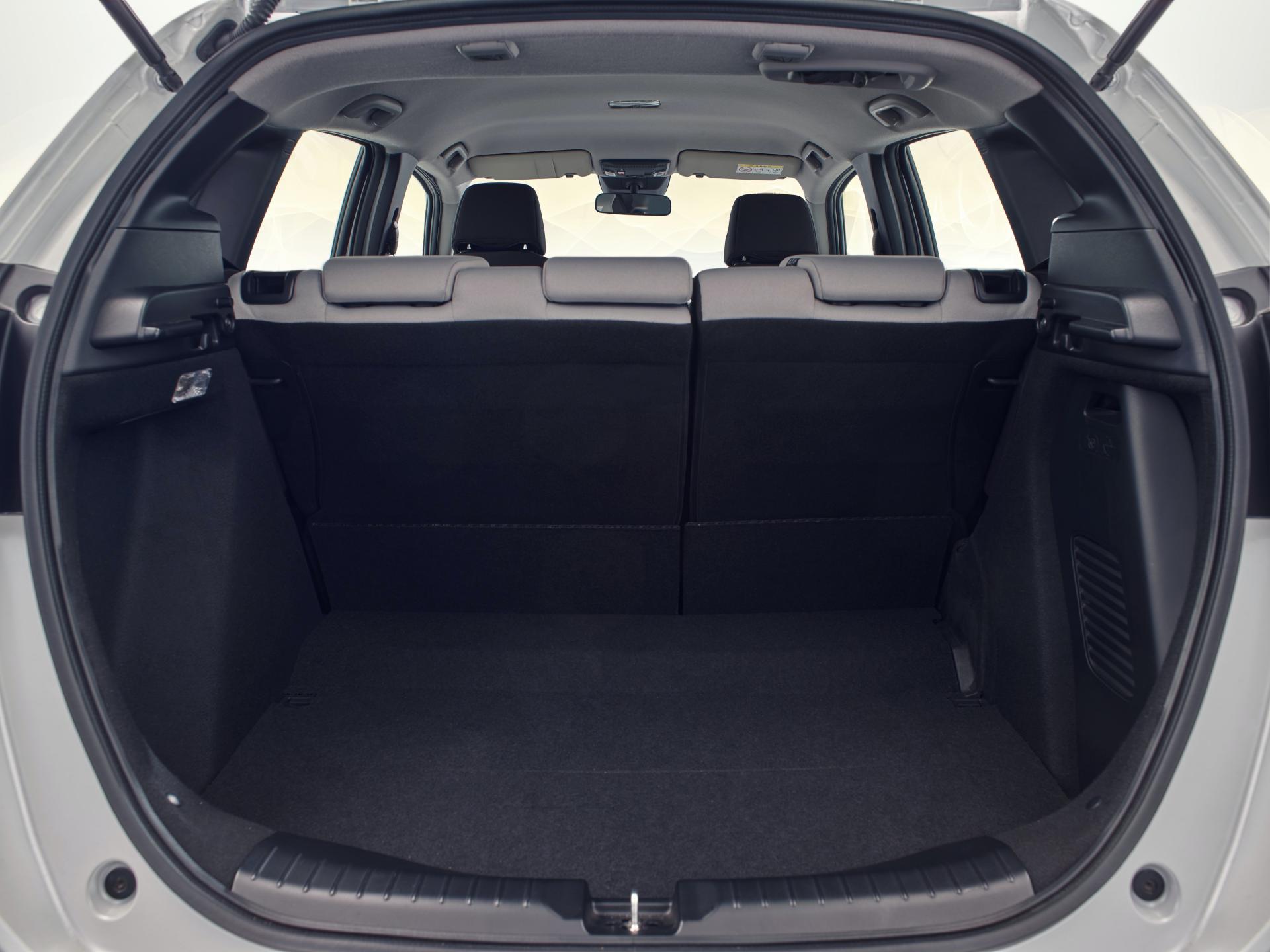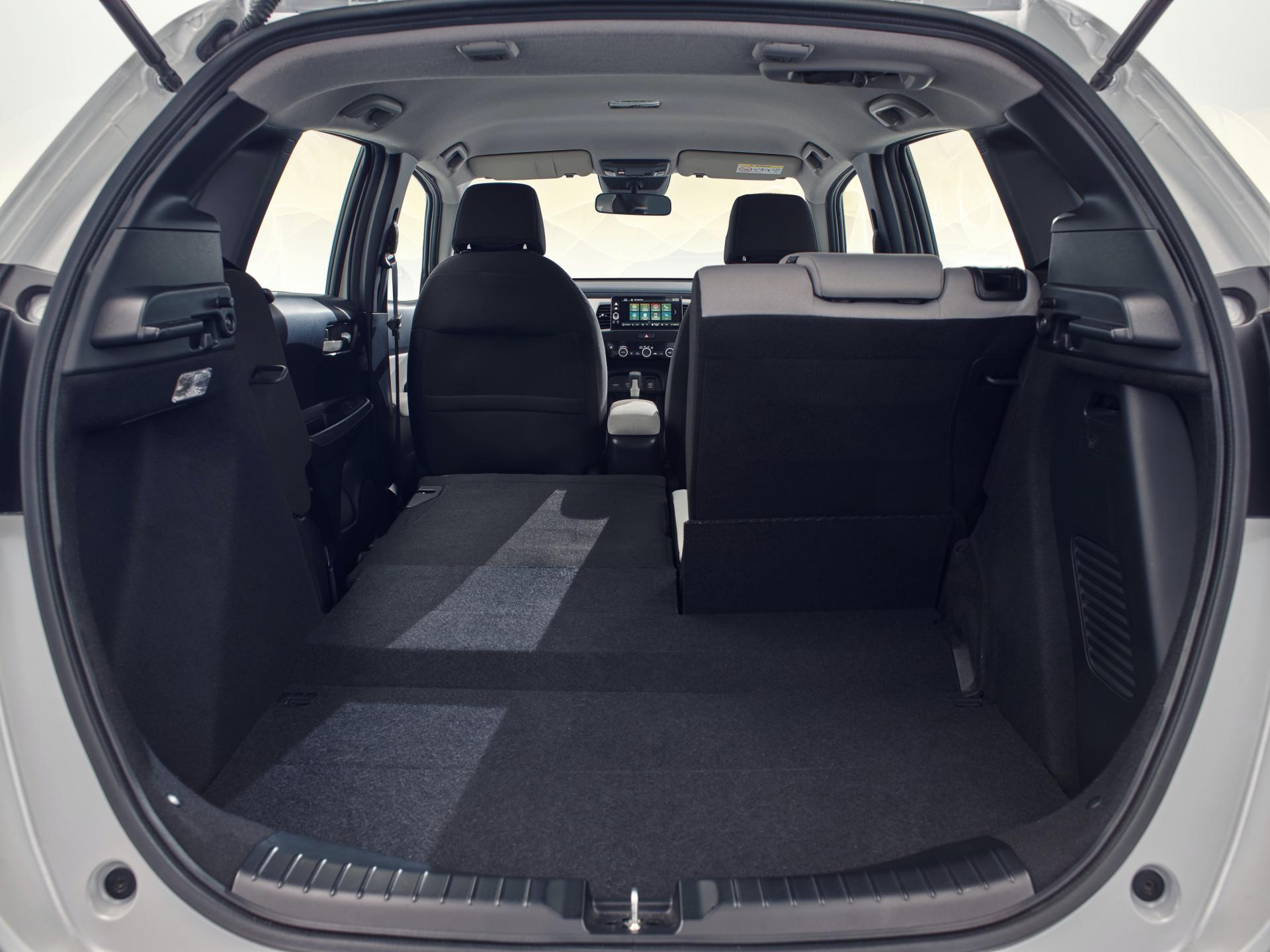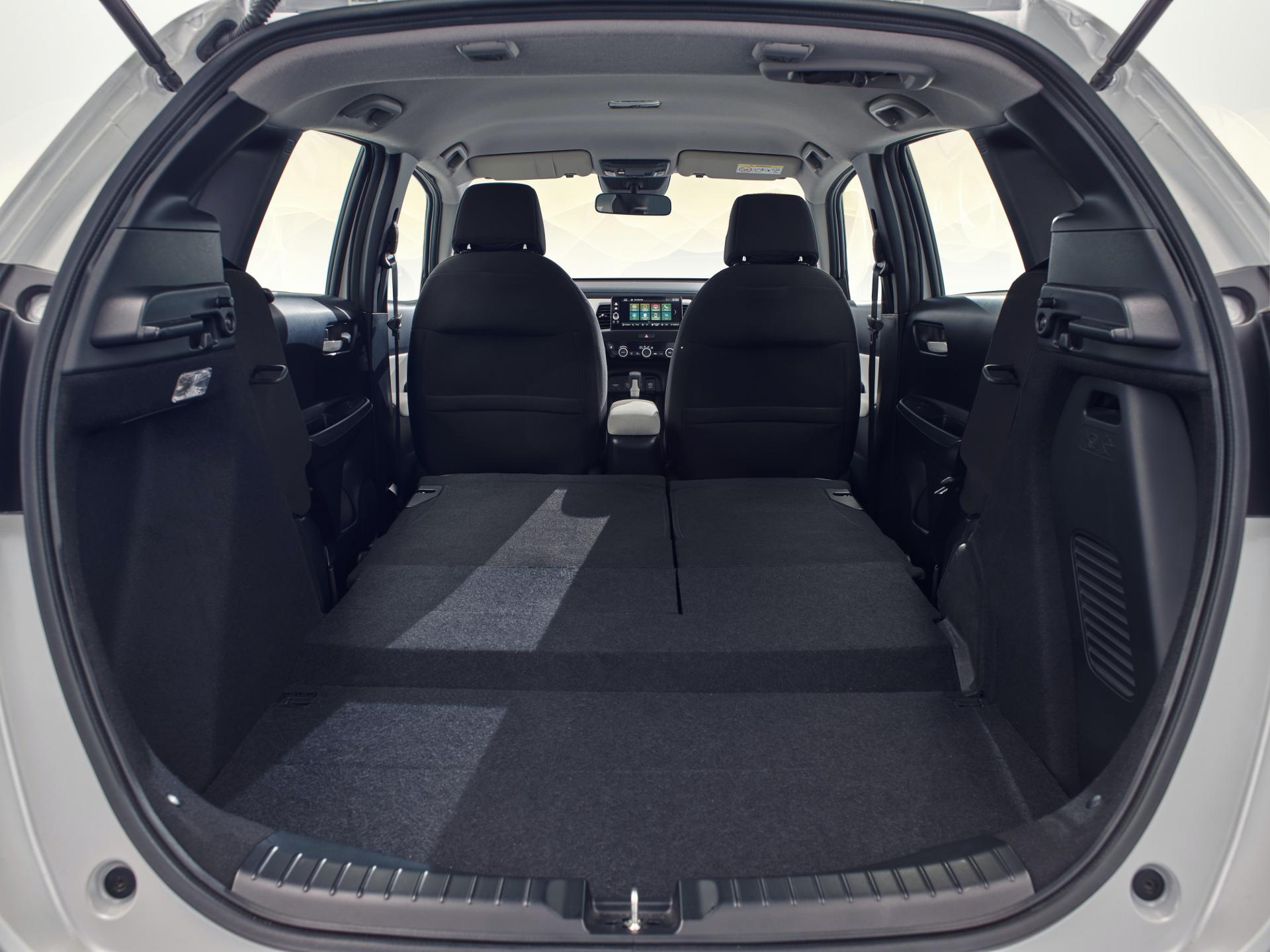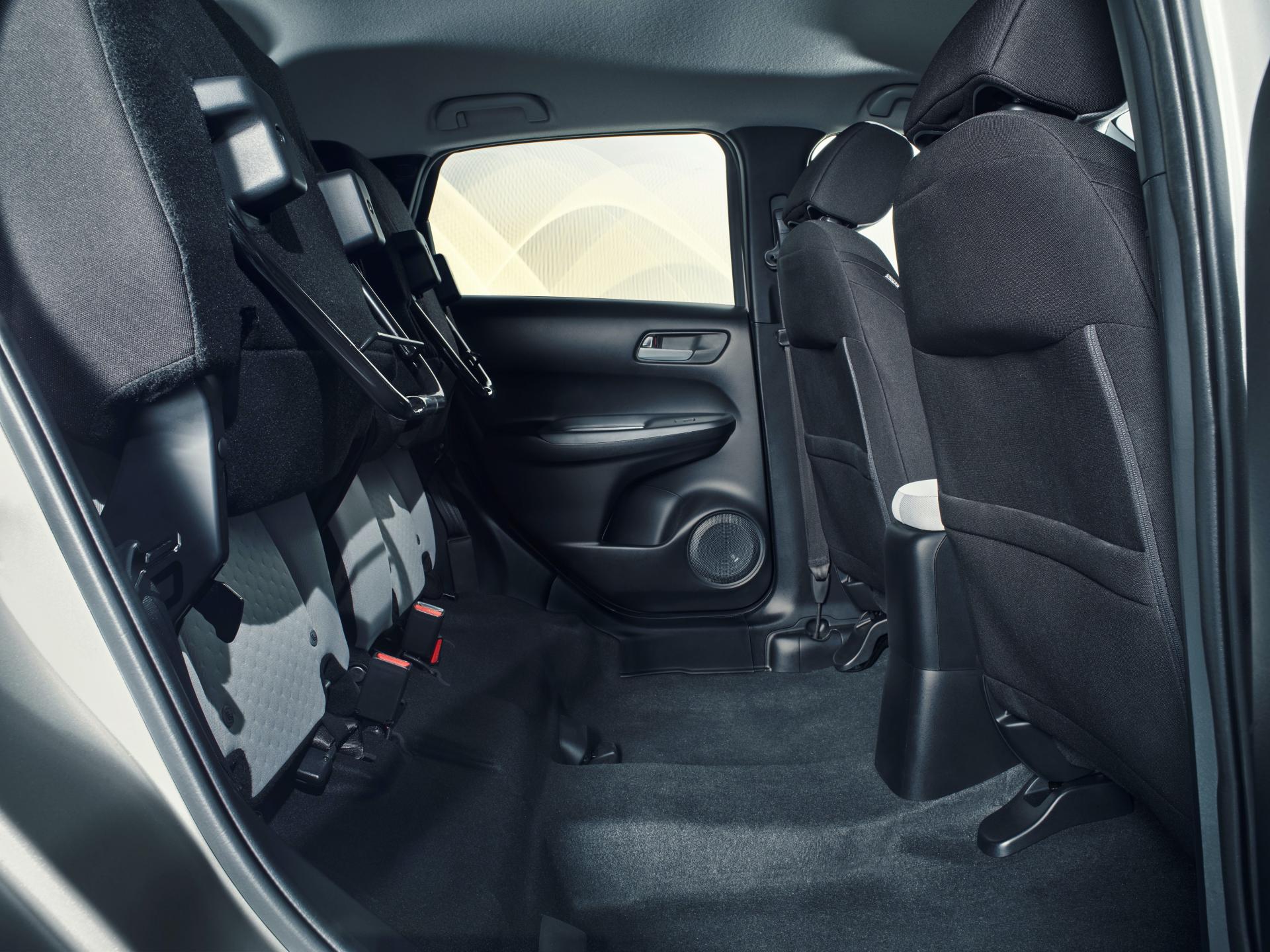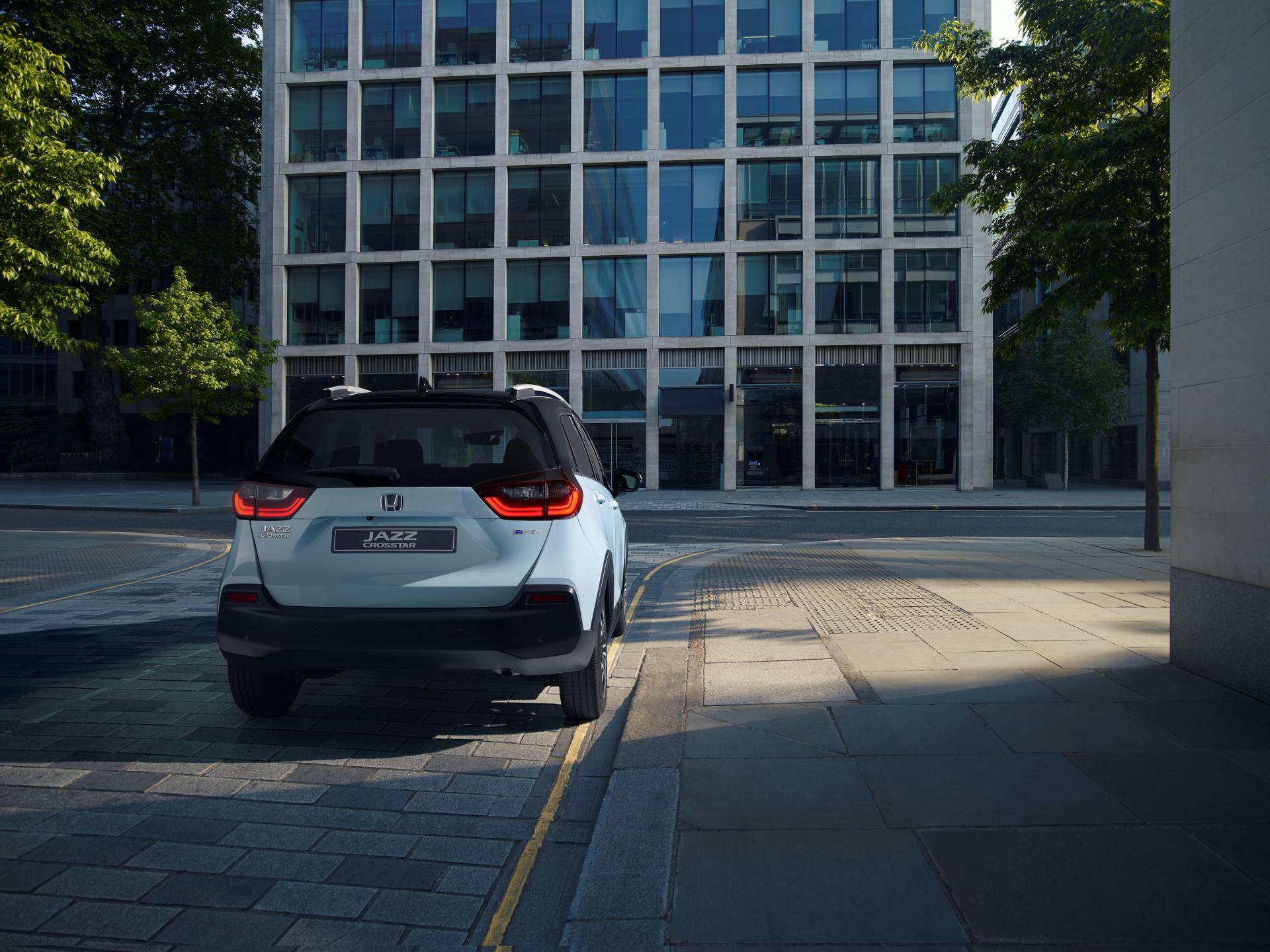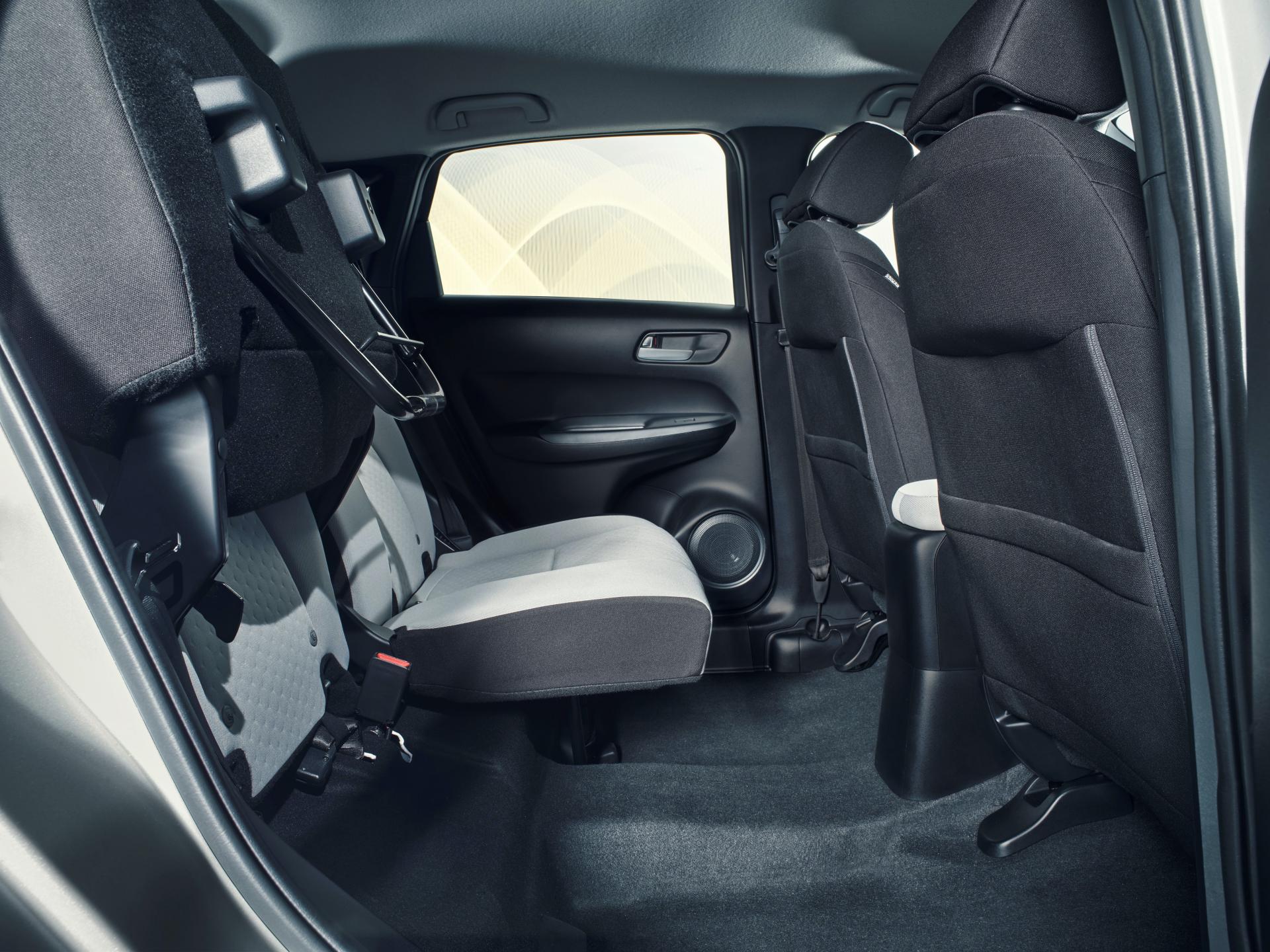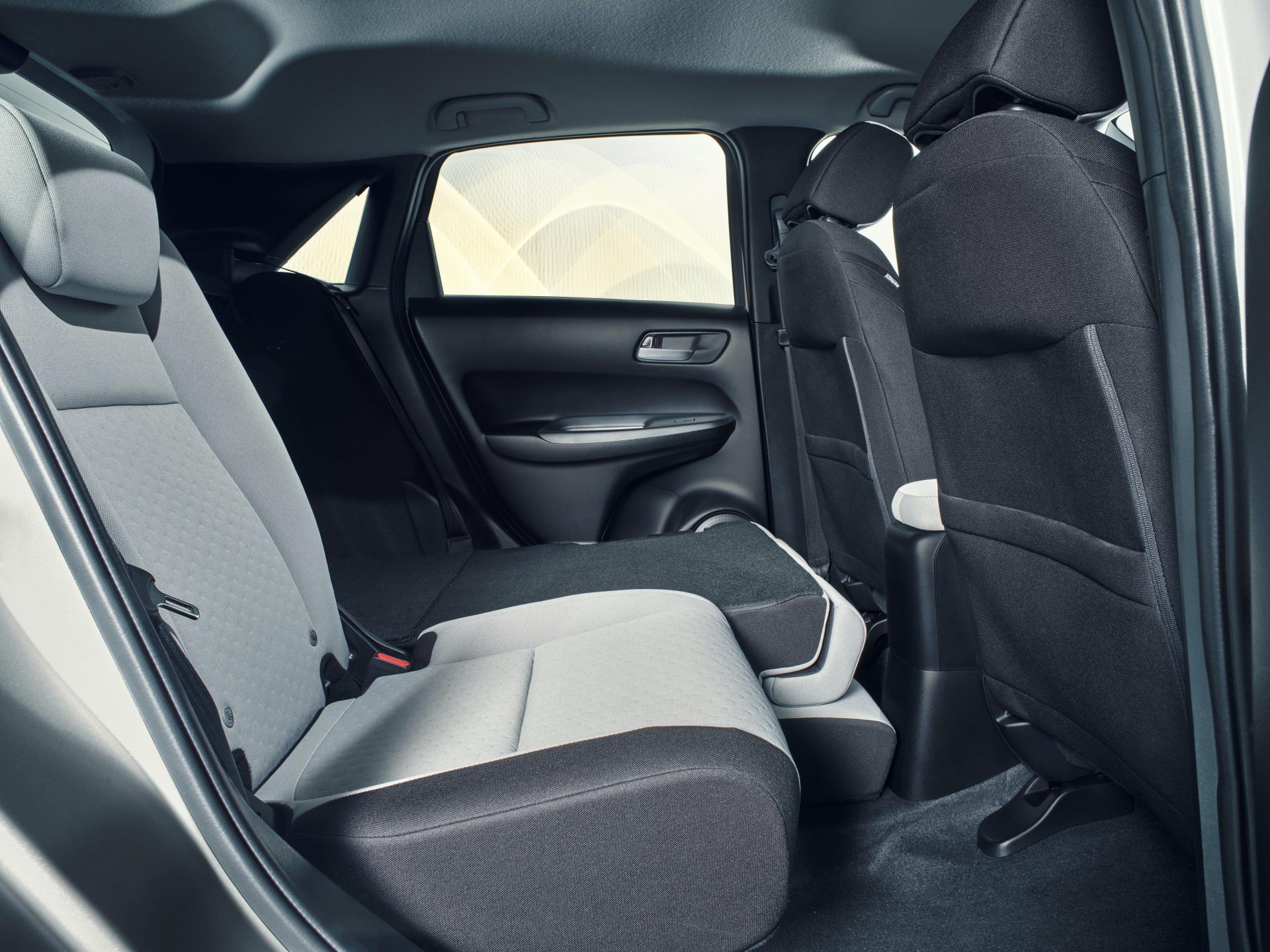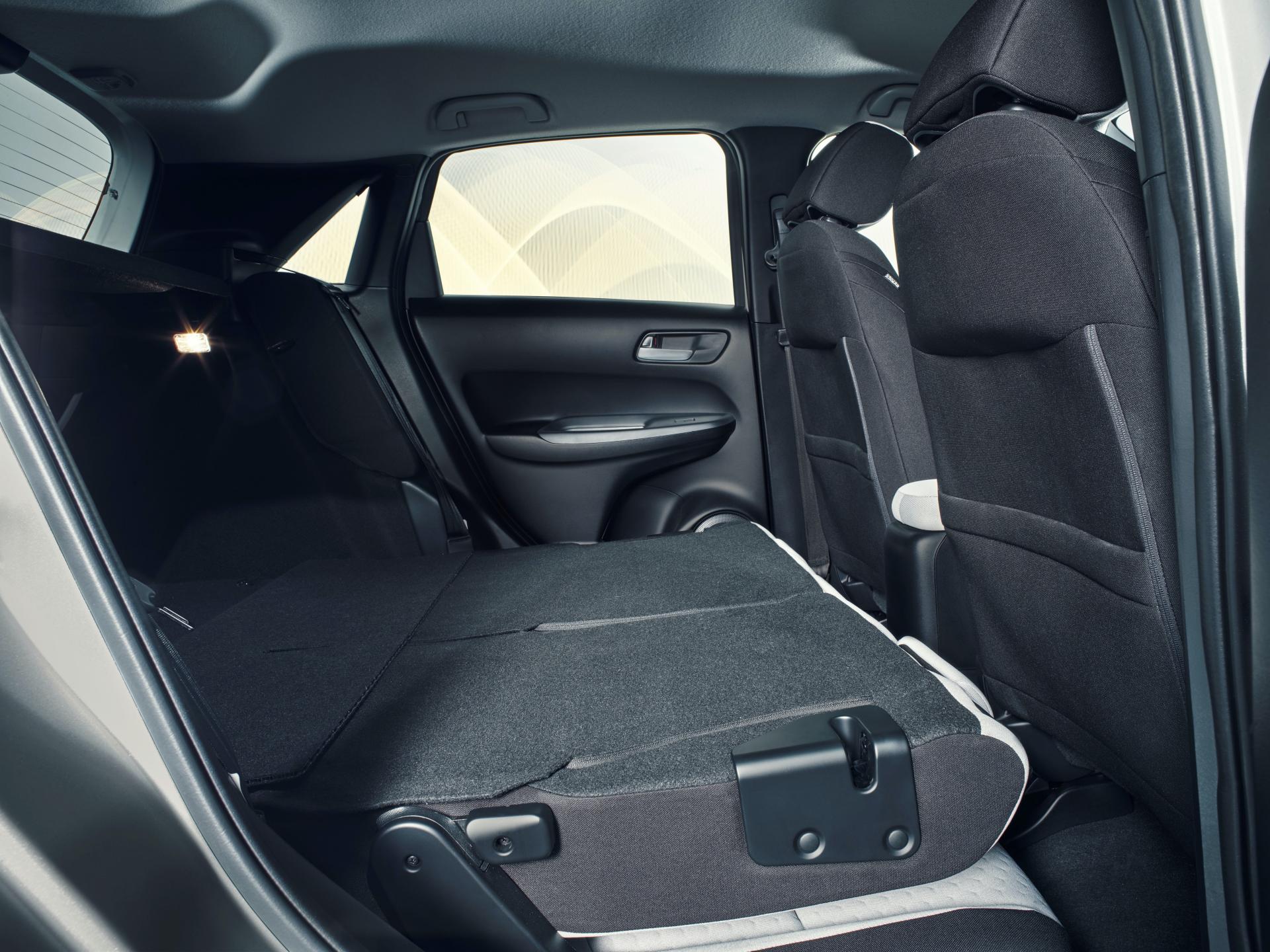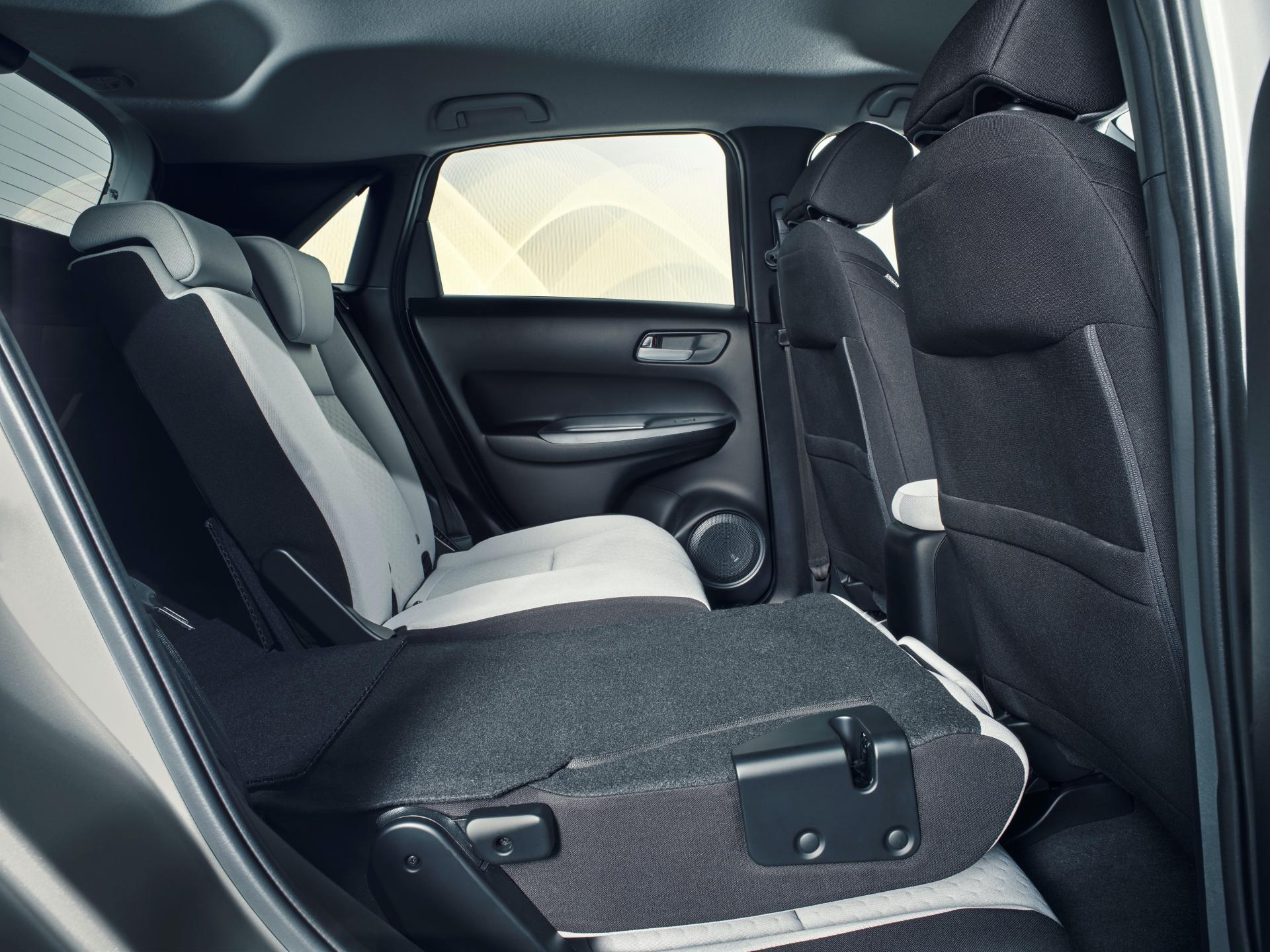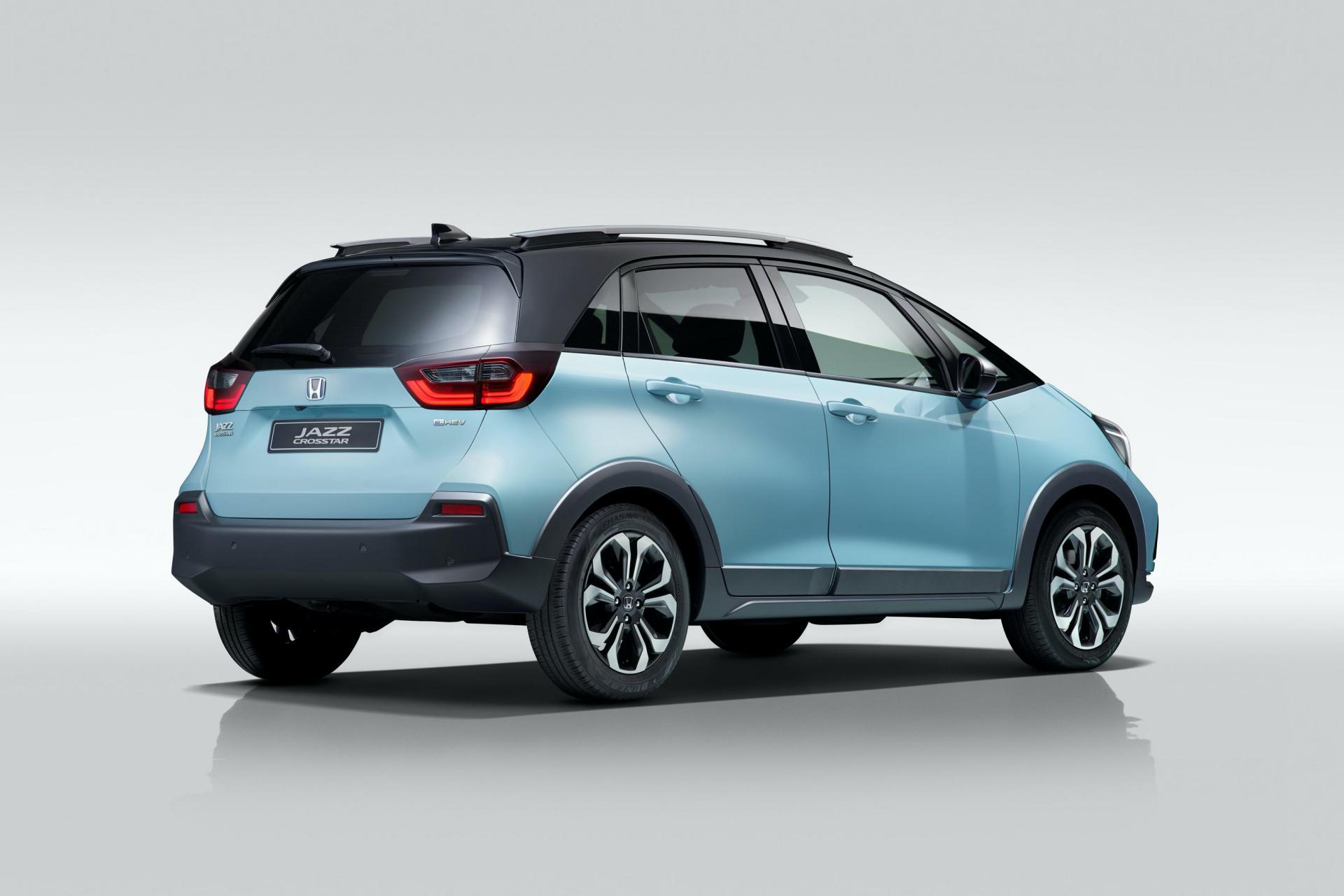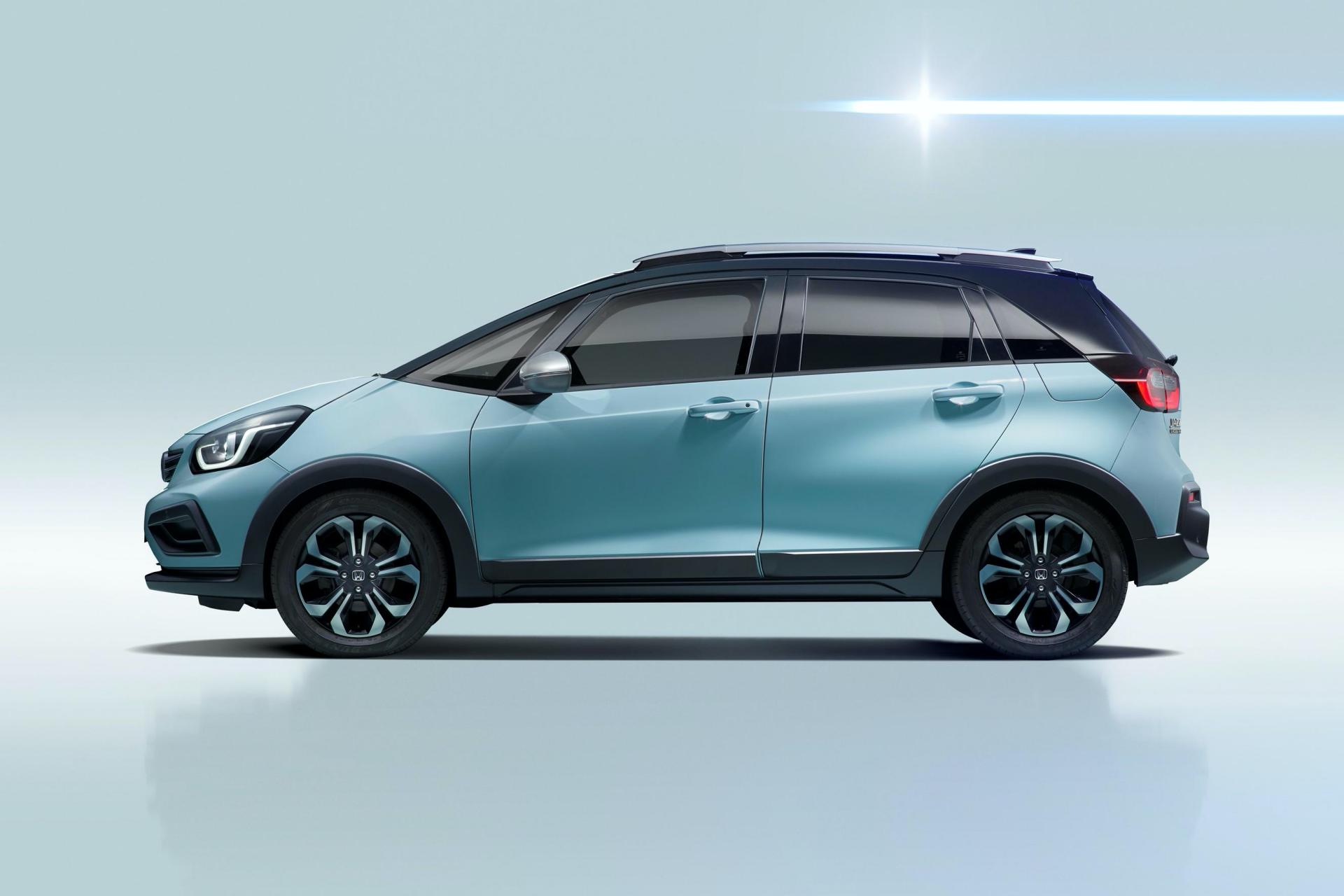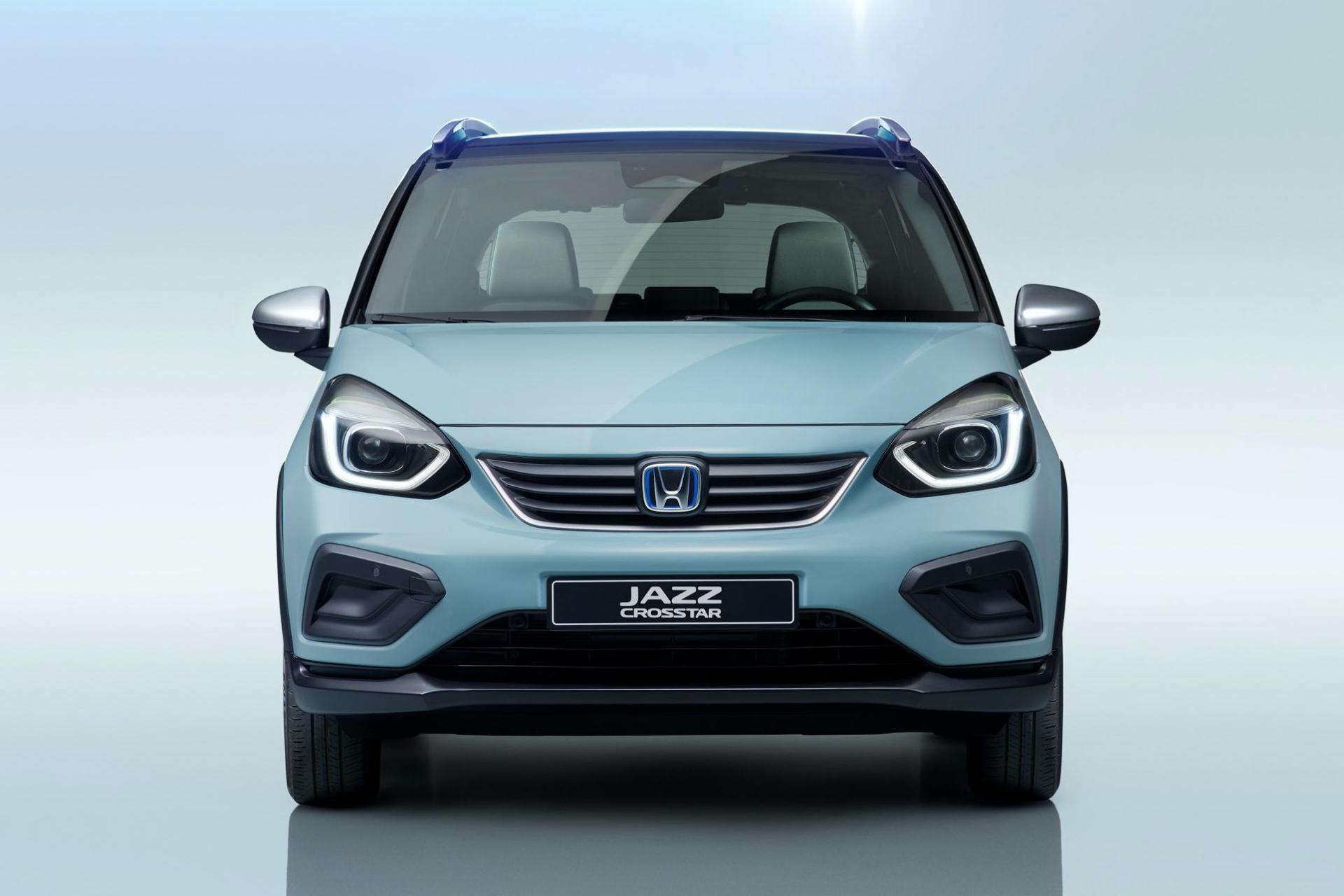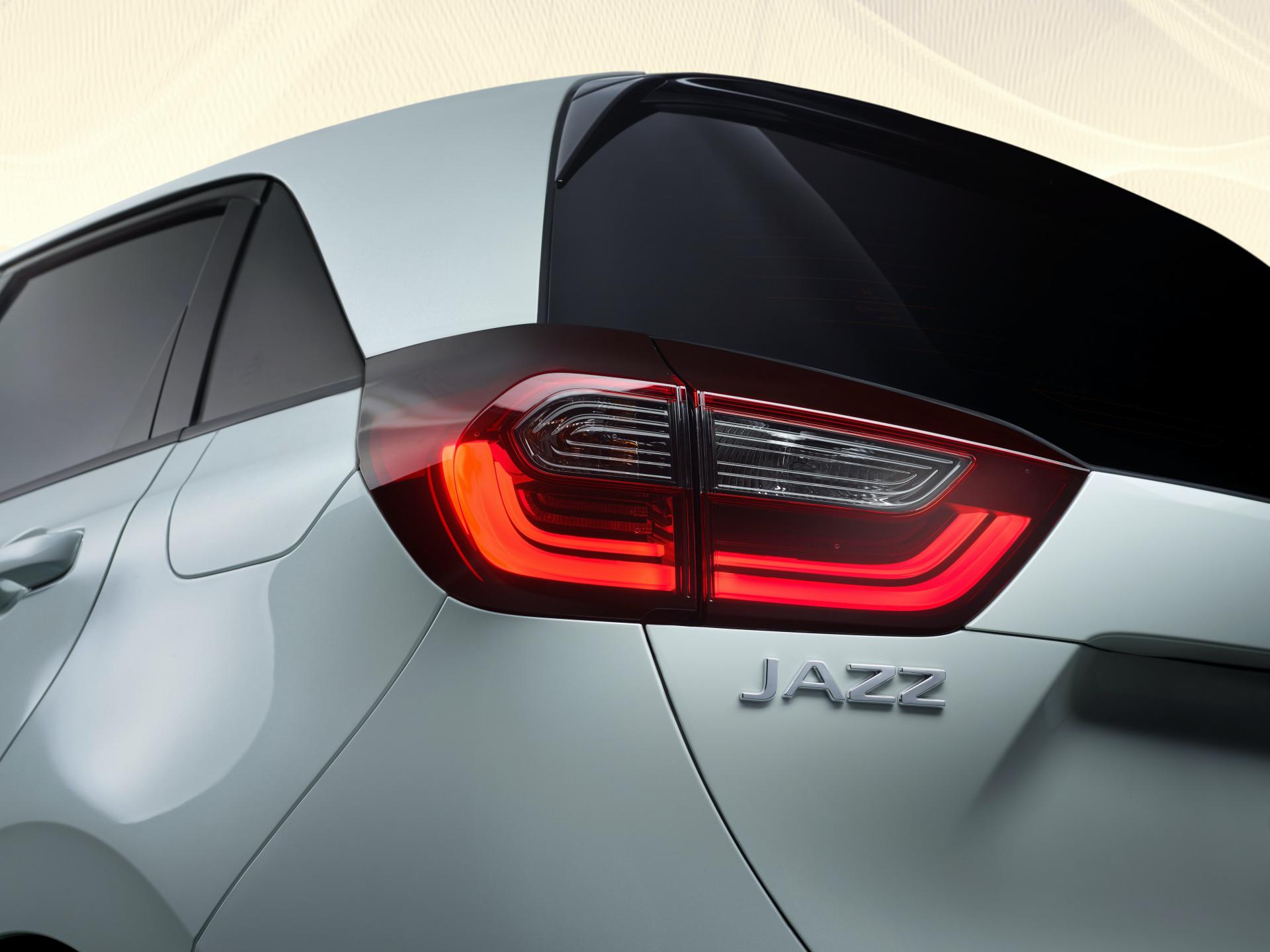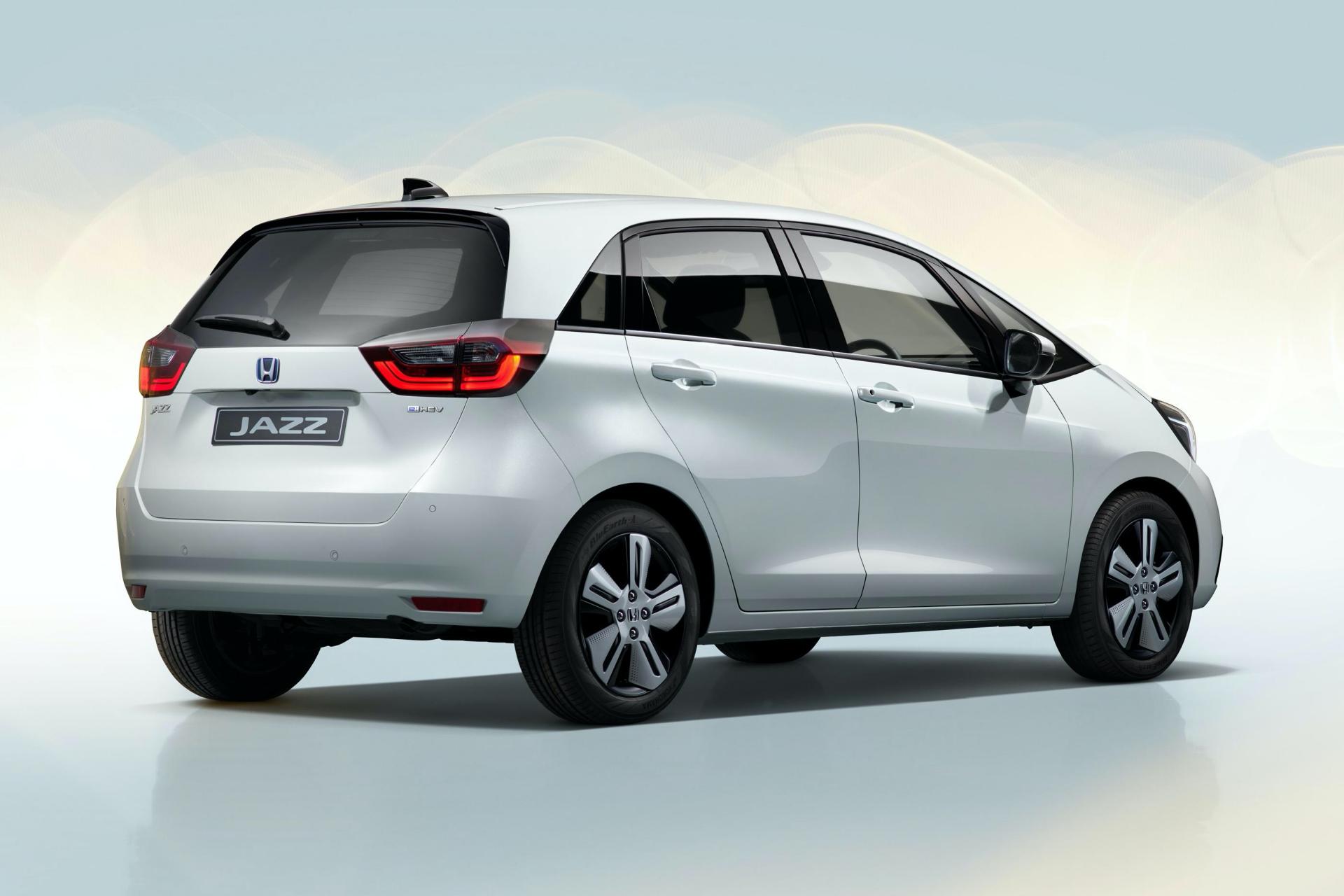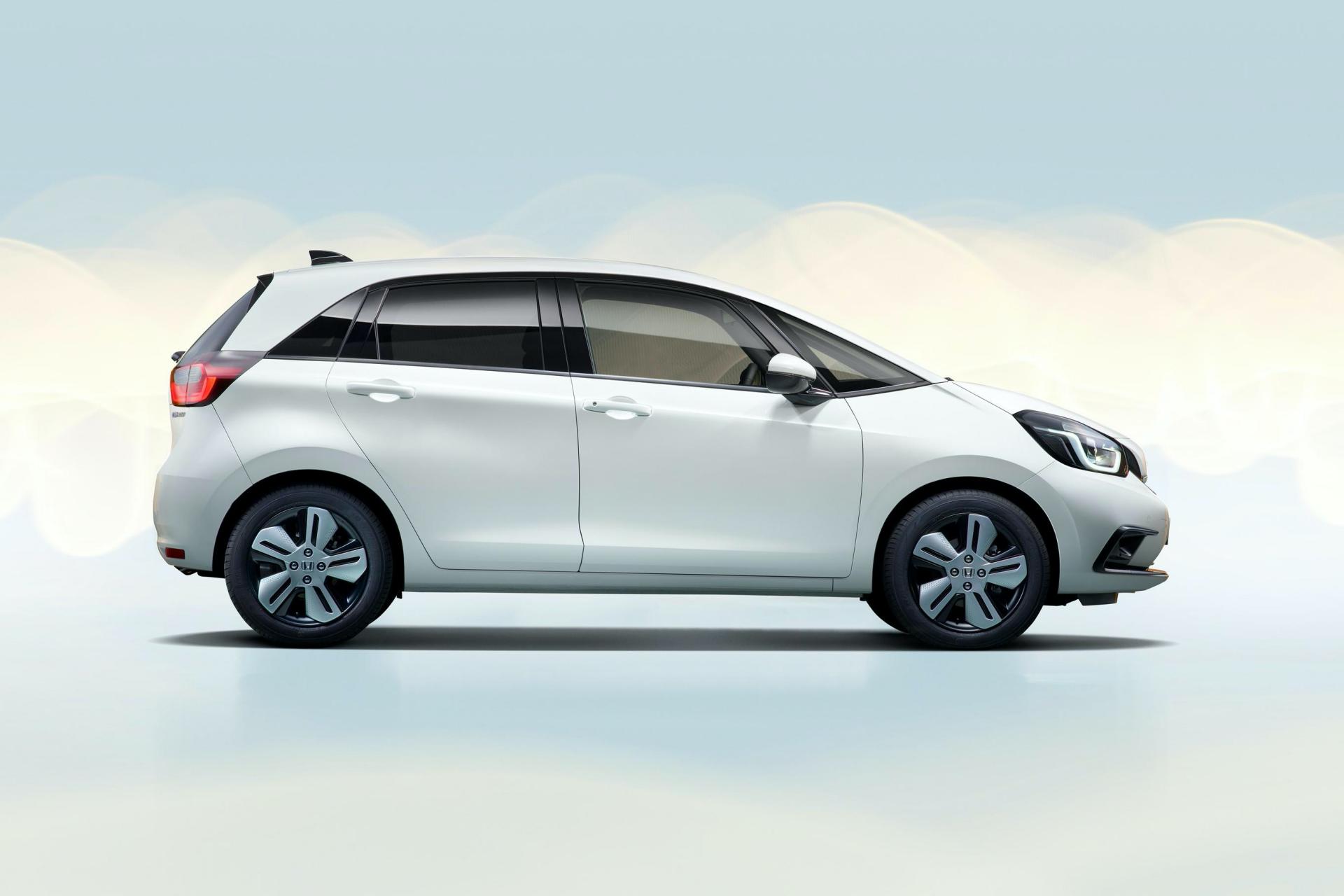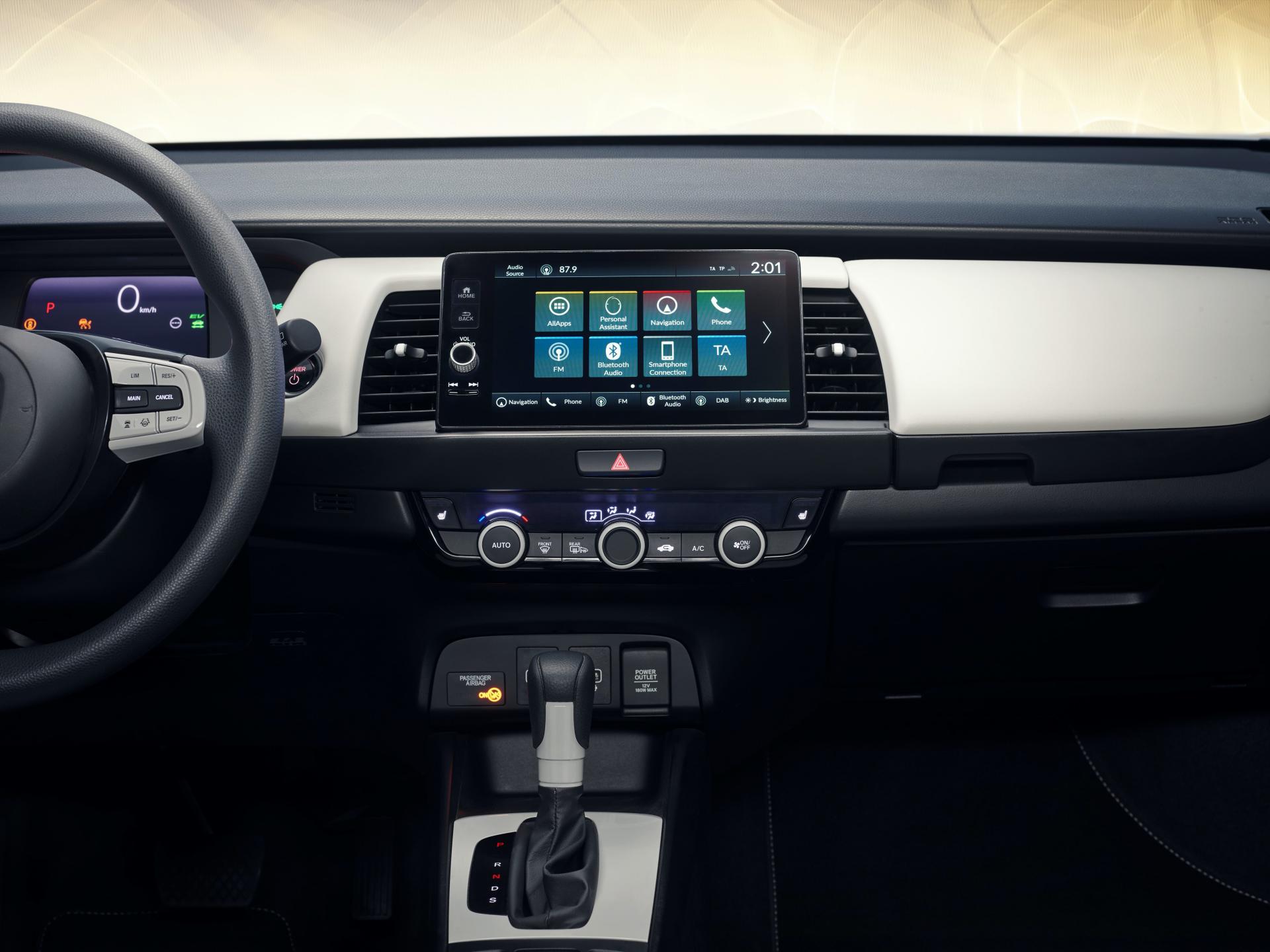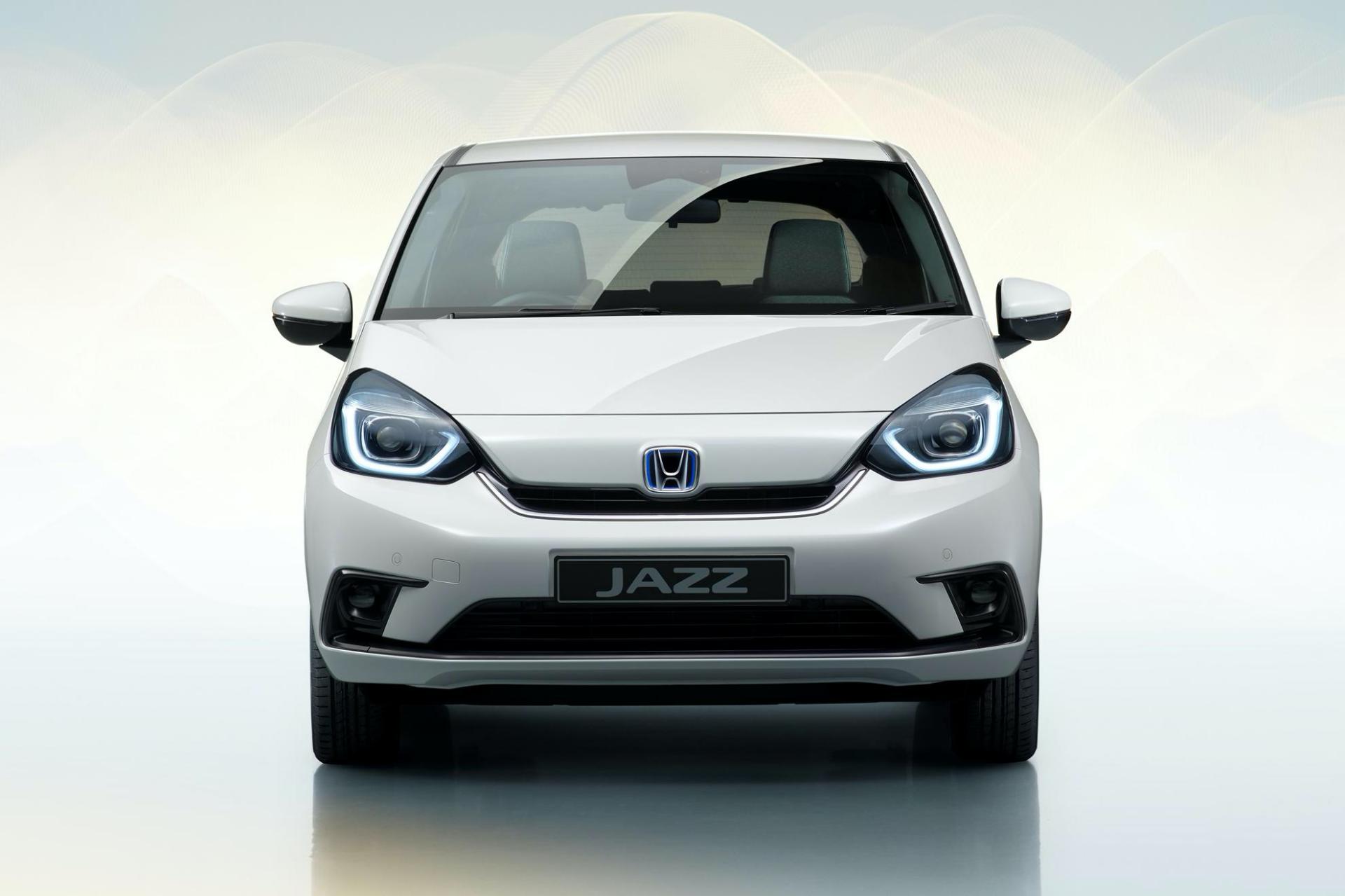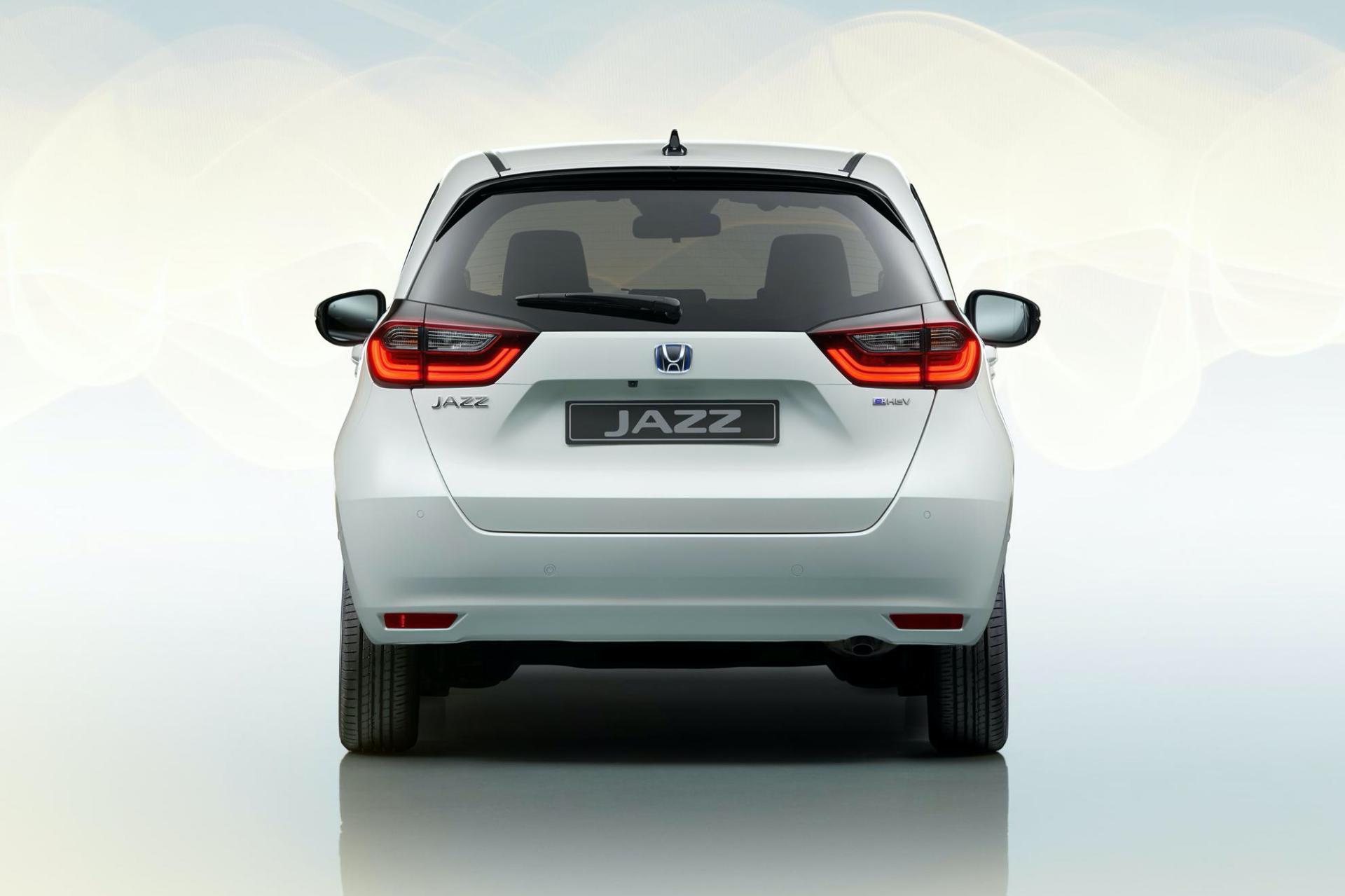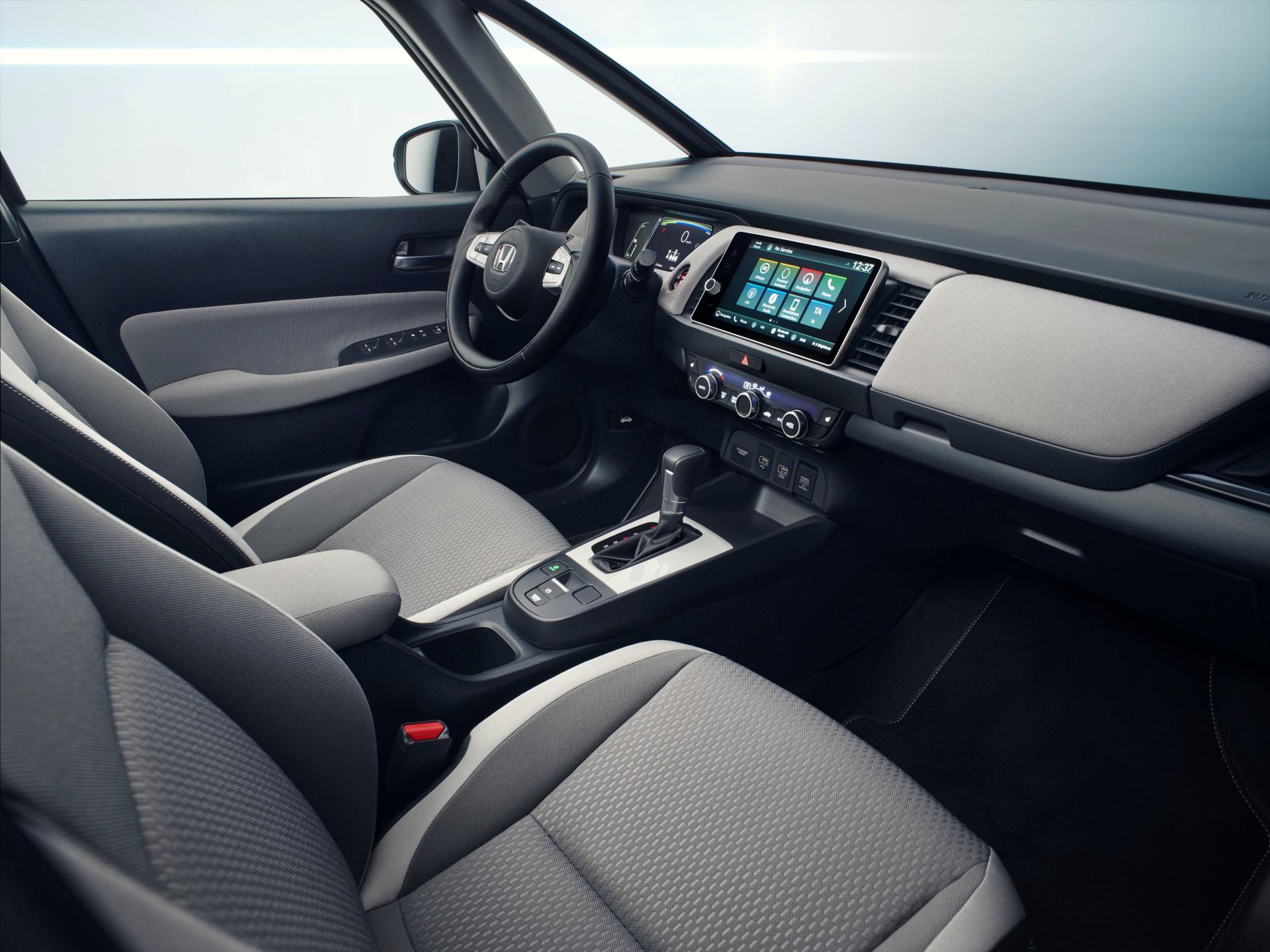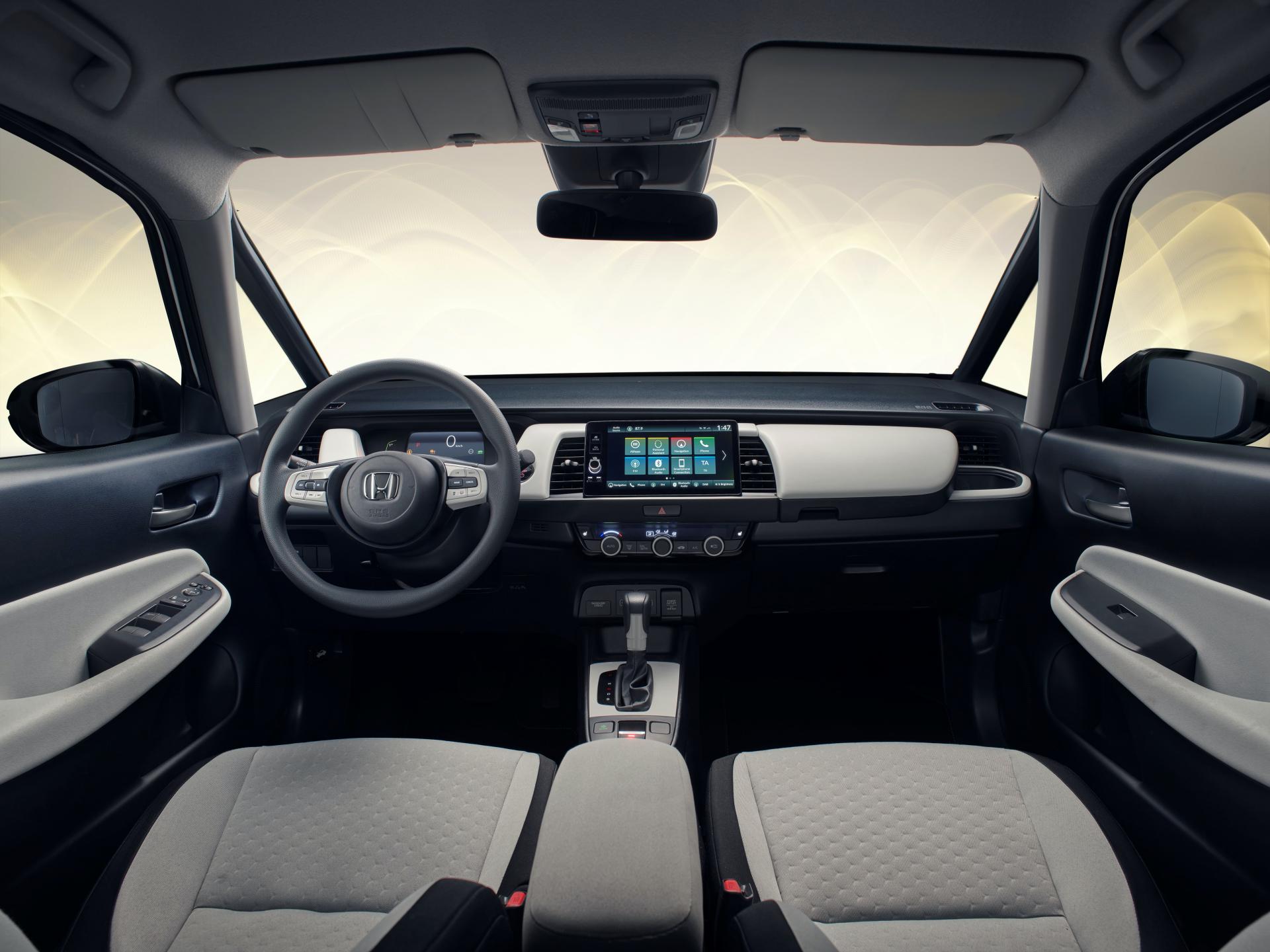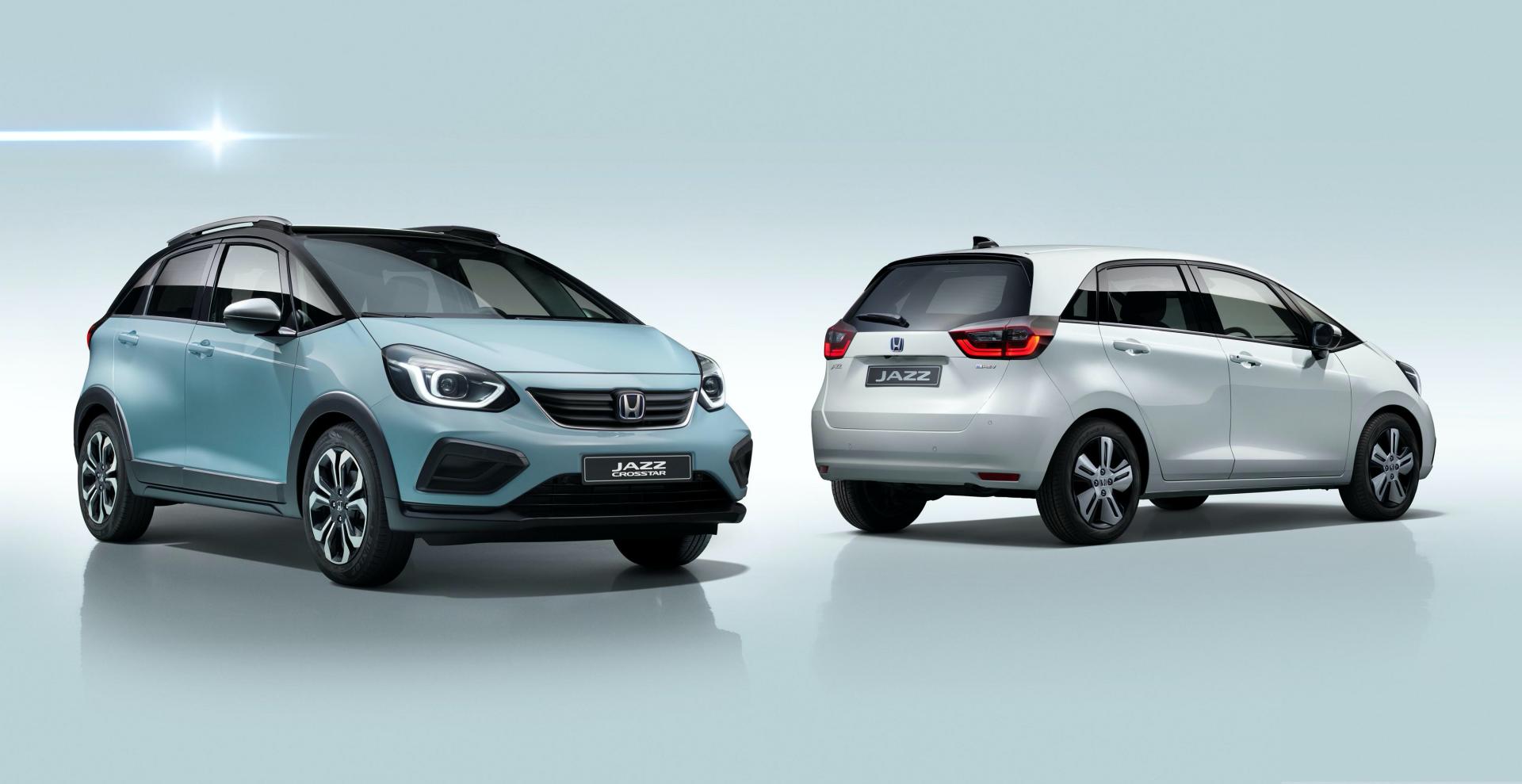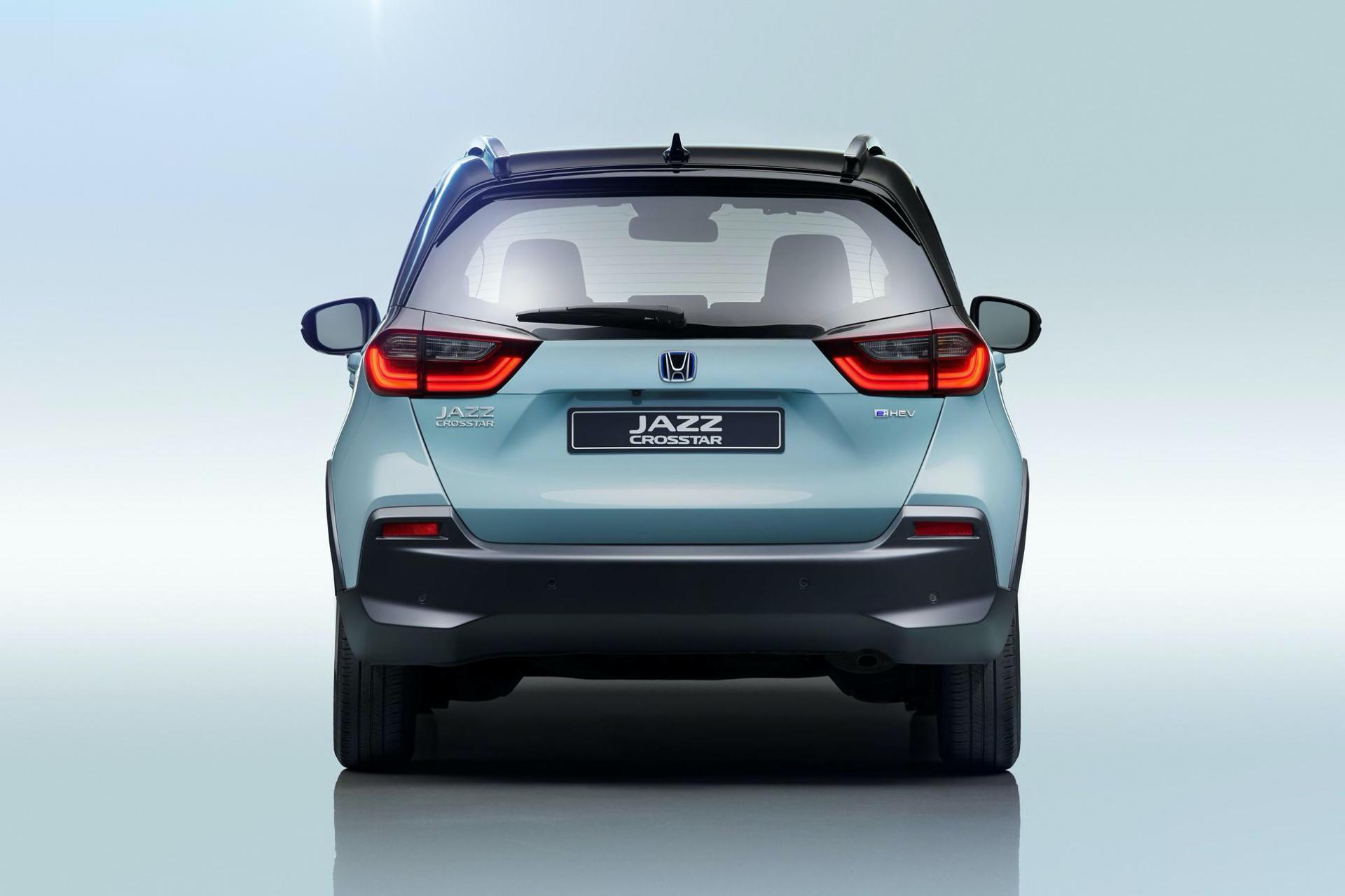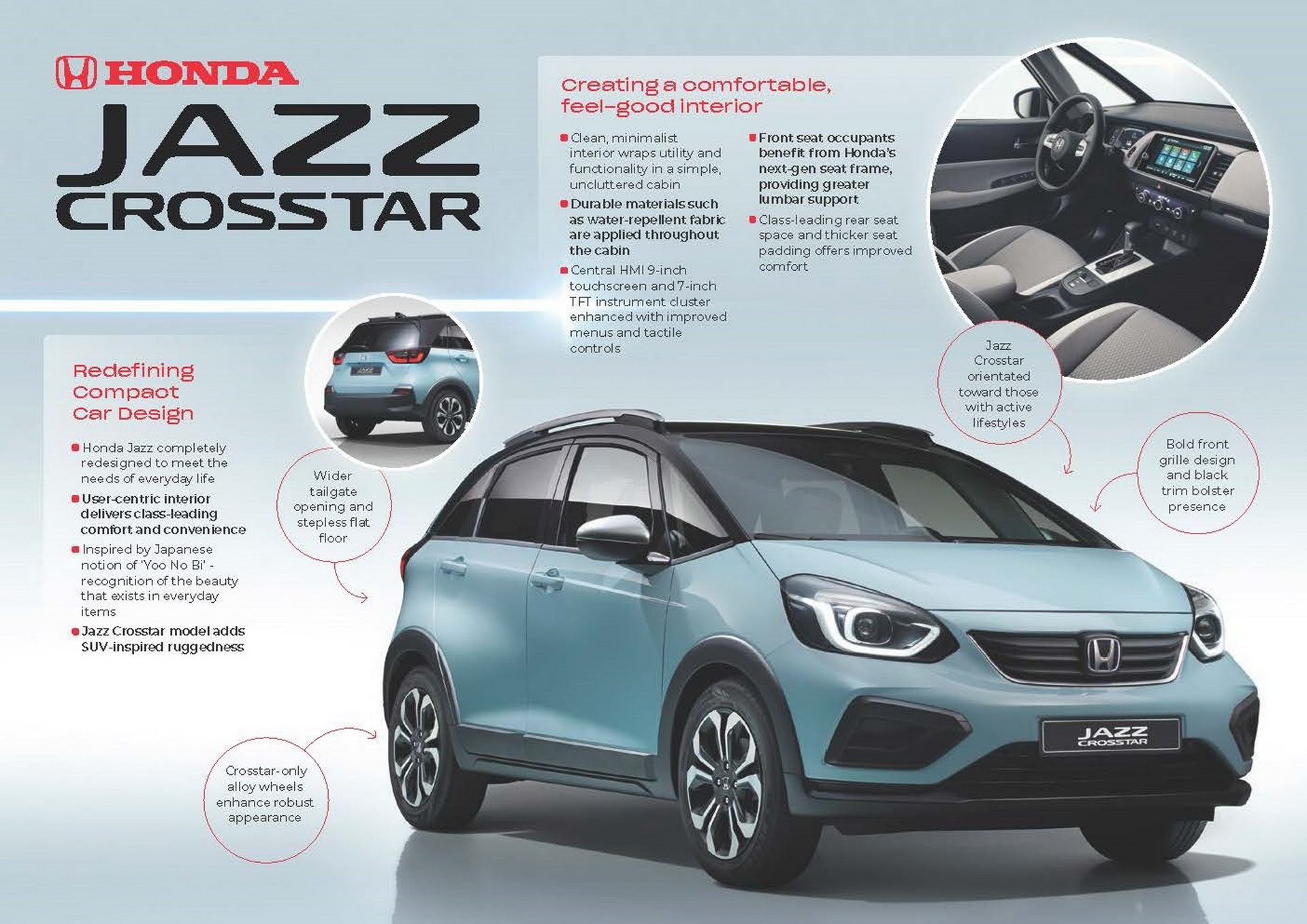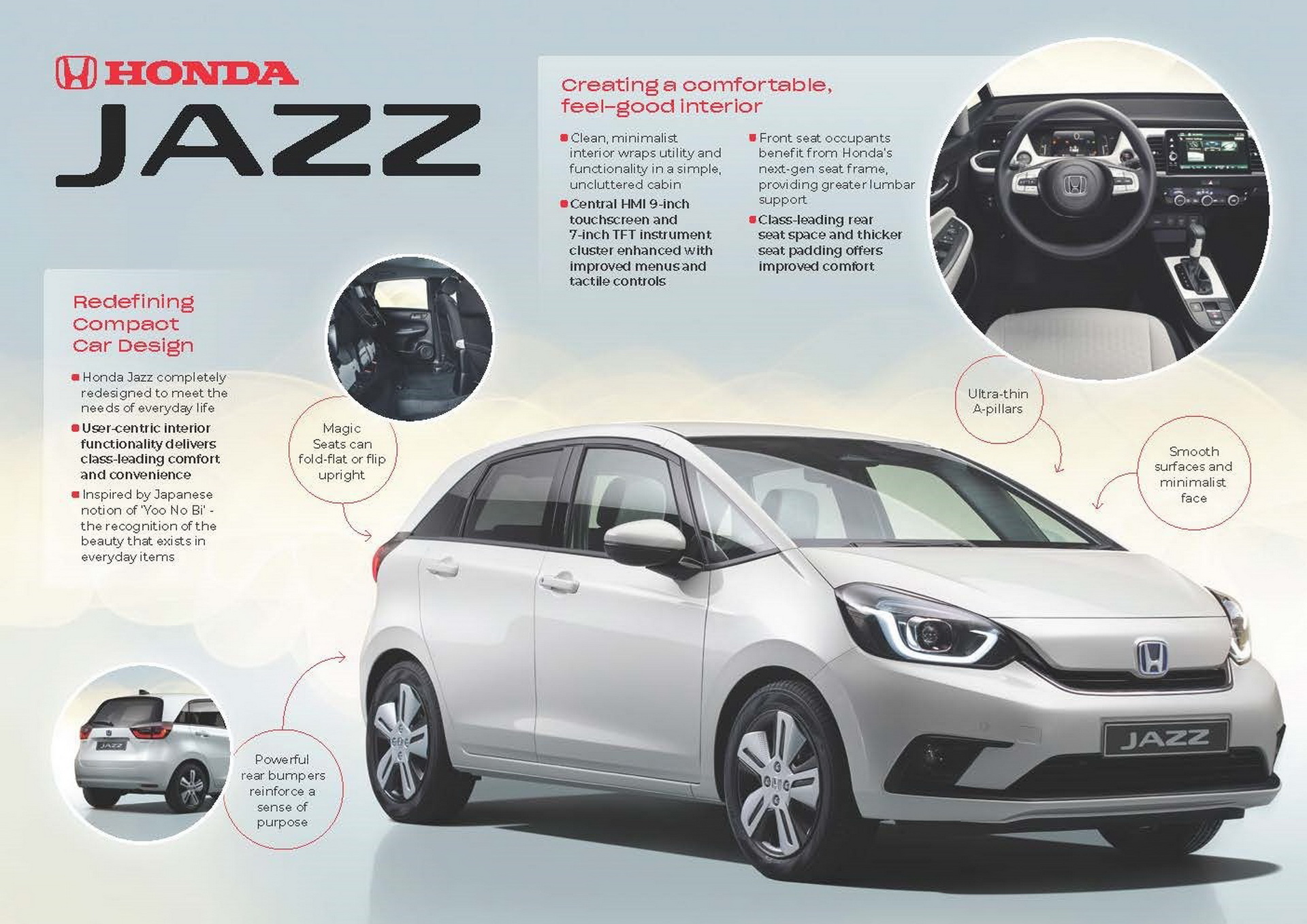As you probably know, the all-new 2020 Honda Jazz will be offered exclusively with a two-motor hybrid system in Europe.
Since we’re getting close to the model’s European market launch this summer, it was about time Honda released the long-awaited specifications of the new Jazz’s e:HEV hybrid system.
Newly developed for the subcompact model, the hybrid system consists of two compact, powerful electric motors (generator and propulsion) connected to a 1.5-liter i-VTEC petrol engine, a lithium-ion battery and fixed-gear transmission.
Read Also: Europe’s 2020 Honda Jazz (Fit) Wants To Be The Friendliest, Most Practical Small Car In The Market
While Honda does not reveal the outputs of the motors and the ICE, it says the total output of the e:HEV system is 109 PS (107 HP / 80 kW), with an instantly-available electric torque of 253 Nm (187 lb-ft). That’s enough for a 0-100 km/h (0-62 mph) sprint of 9.4 seconds and a top speed of 174 km/h (108 mph).
When it comes to fuel efficiency, the 2020 Honda Jazz standard model is officially rated at 4.5 l/100 km (62.8 mpg UK), with CO2 emissions as low as 102 g/km – both figures calculated as per WLTP. The high-riding Jazz Crosstar returns 4.8 l/100 km (58.9 mpg UK) and emits 110 g/km CO2.
The e:HEV hybrid system offers the choice of three interchangeable drive modes: EV Drive, Hybrid Drive and Engine Drive. In EV Drive, the lithium-ion battery supplies power to the electric propulsion motor directly. In Hybrid Drive, the engine powers the electric generator motor, which in turn supplies energy to the electric propulsion motor. Finally, Engine Drive connects the petrol engine directly to the wheels via a lock-up clutch.
Honda reckons optimum EV Drive and Hybrid Drive are the most efficient in most urban driving situations. Engine Drive is best used for highway driving, benefiting from an on-demand peak power ‘boost’ from the electric propulsion motor when needed.
In Hybrid Drive, excess power from the petrol engine can be diverted to recharge the battery via the generator motor, in addition to the energy harvested by means of regenerative braking. As for the single fixed-gear ration transmission, Honda says it contributes to a more direct connection between moving components, “resulting in a smoother transfer of torque and a linear feel during acceleration.”
The all-new Jazz e:HEV plays a key role in Honda’s commitment of offer electrified powertrains for all its mainstream models in Europe by 2022.



